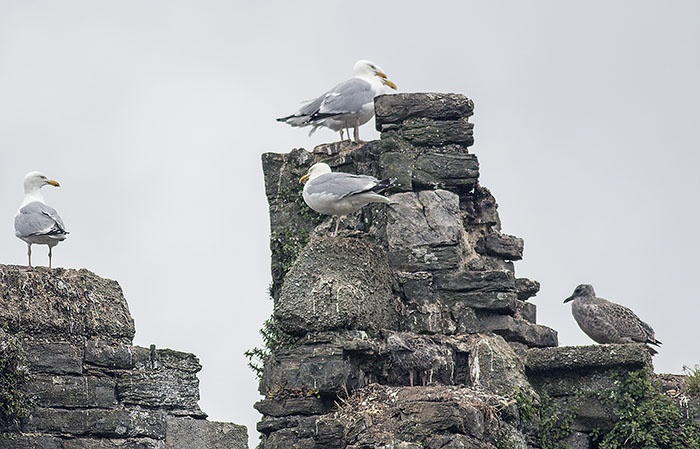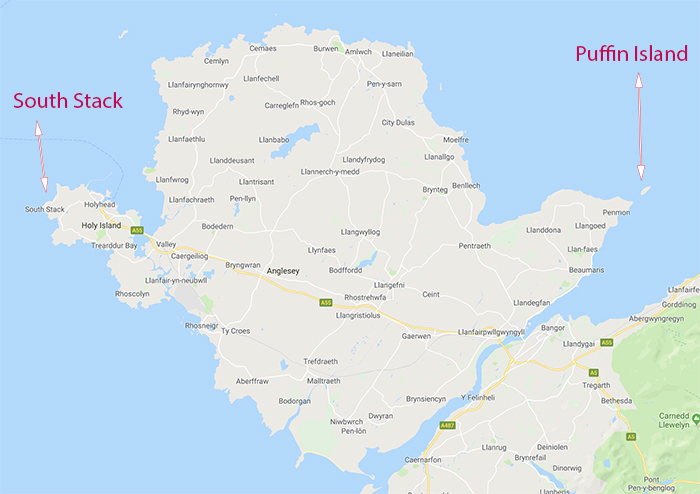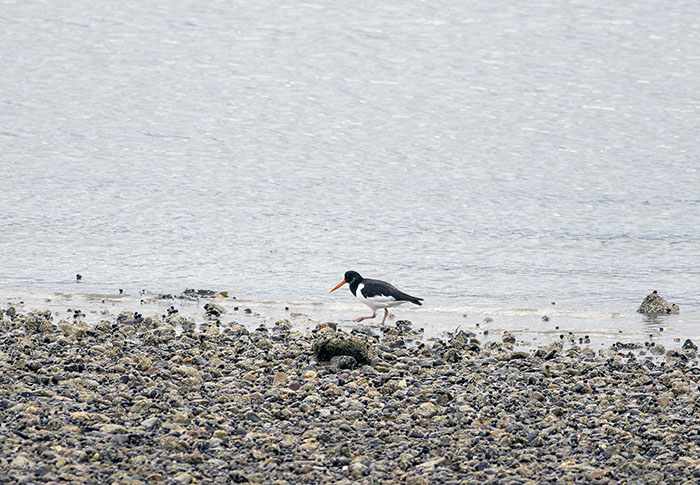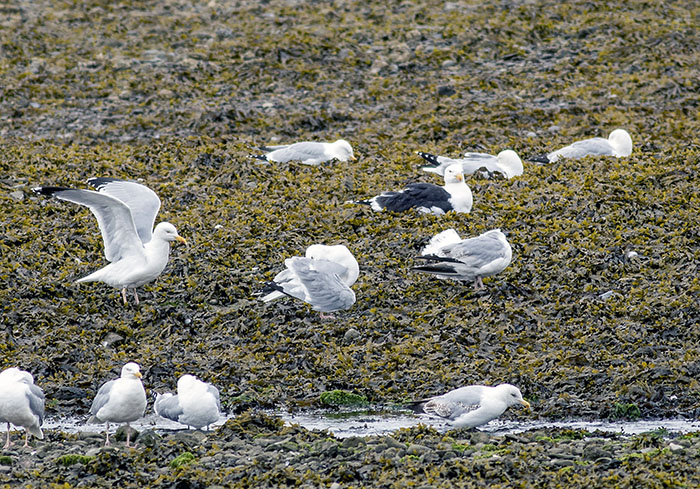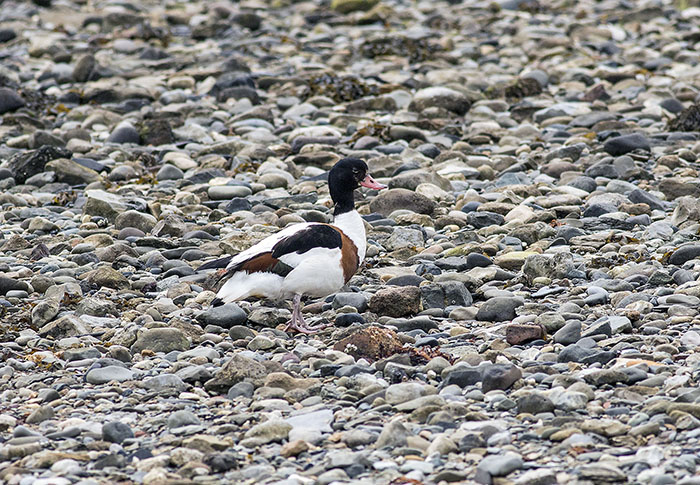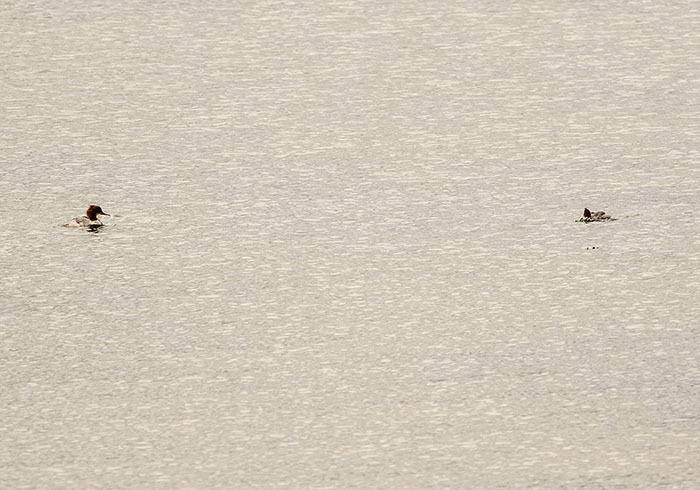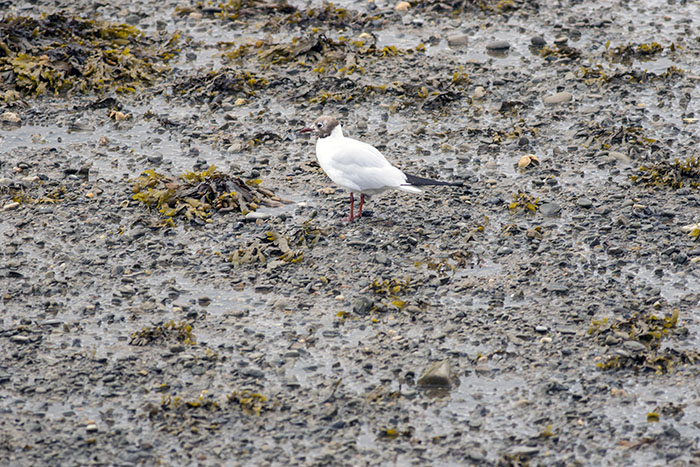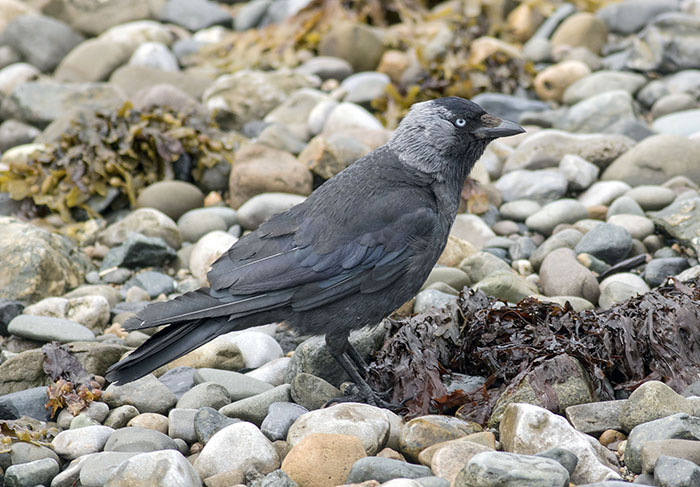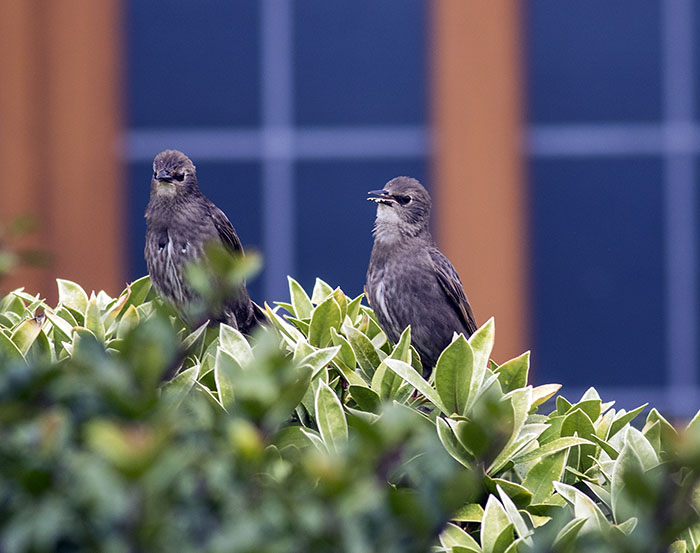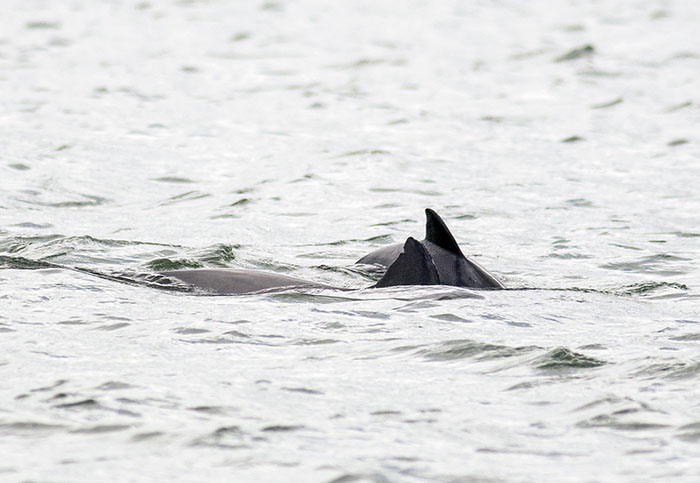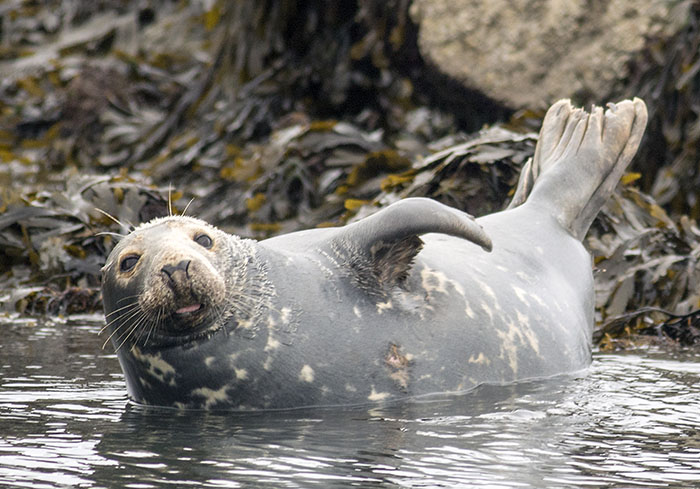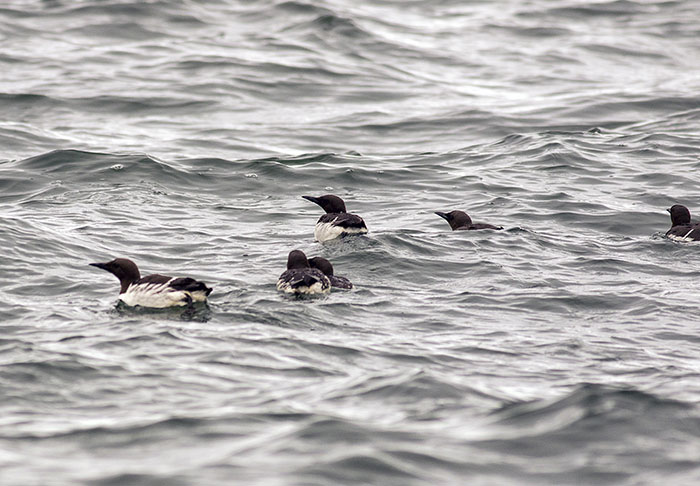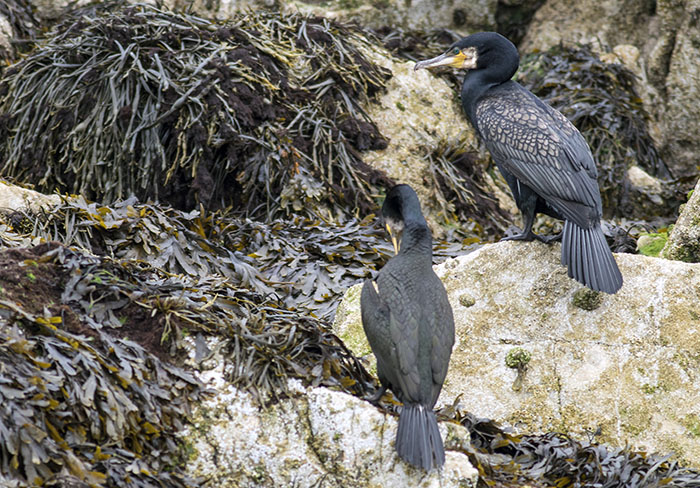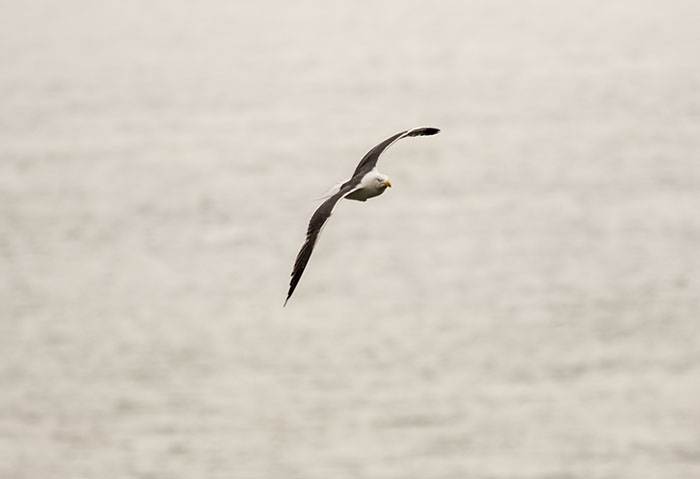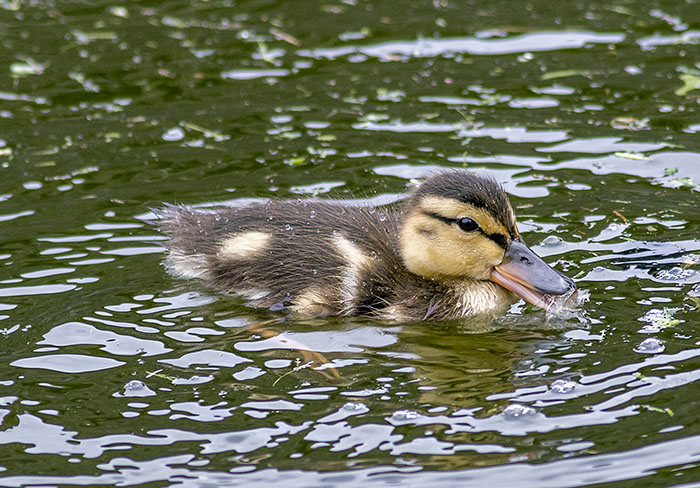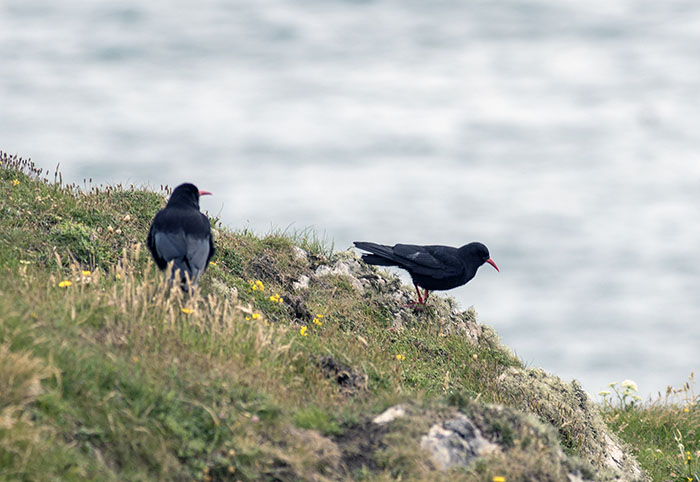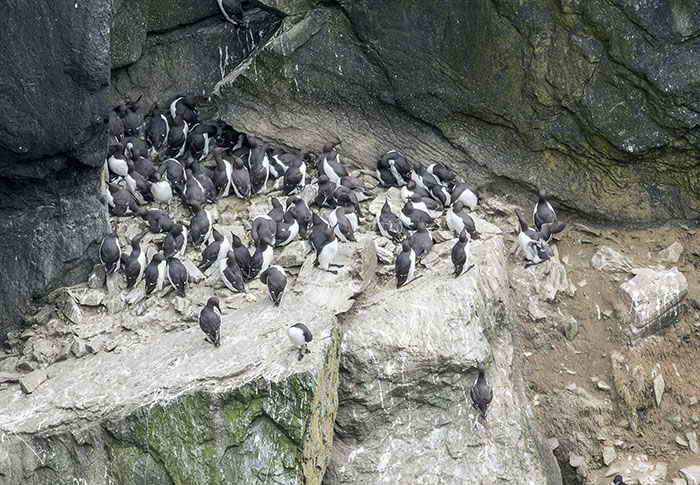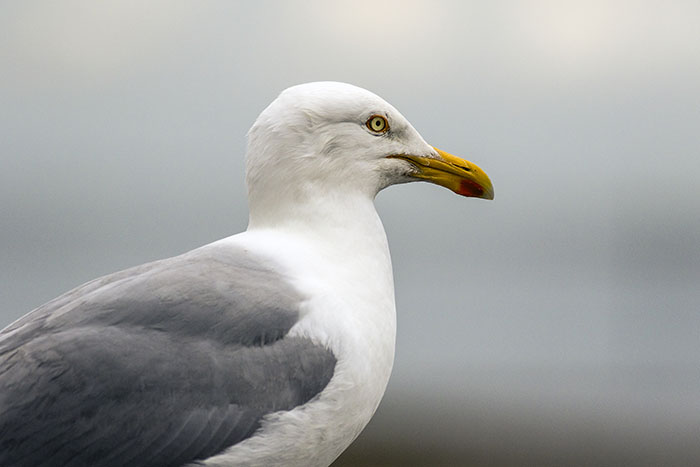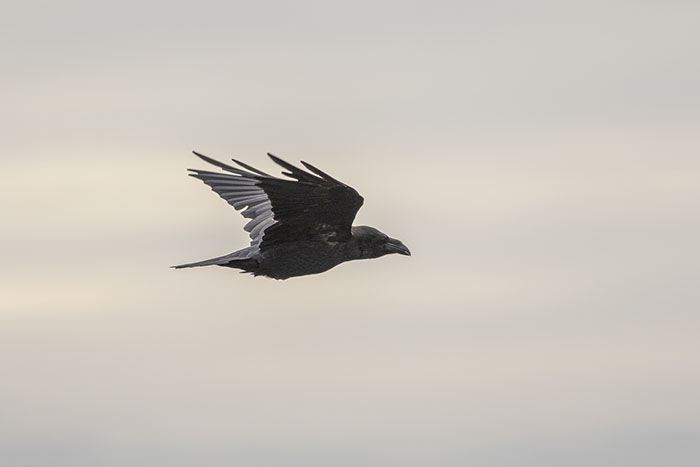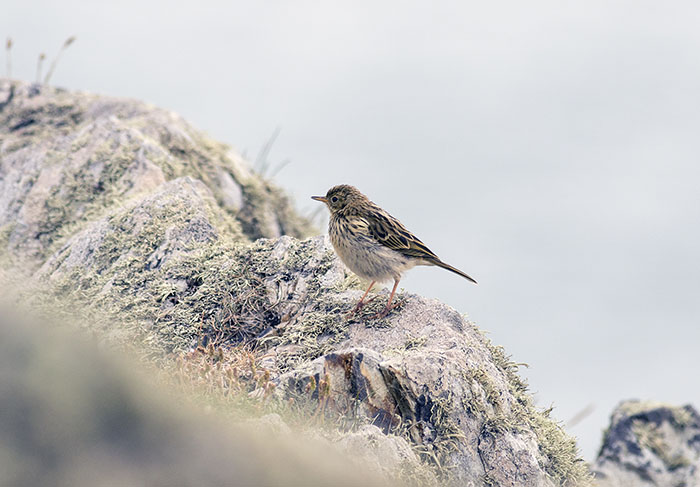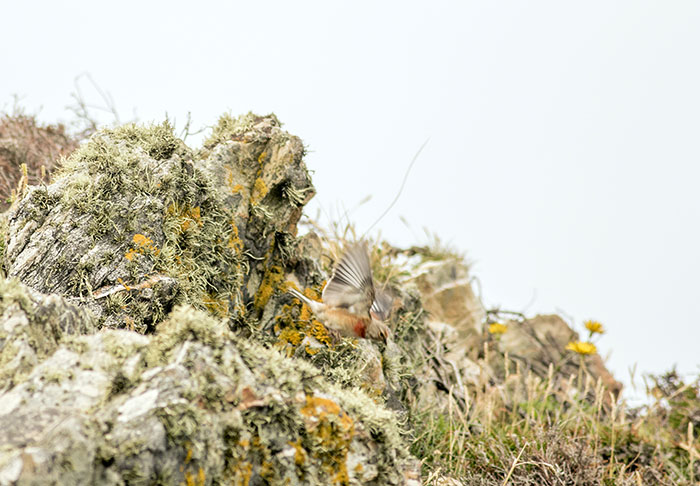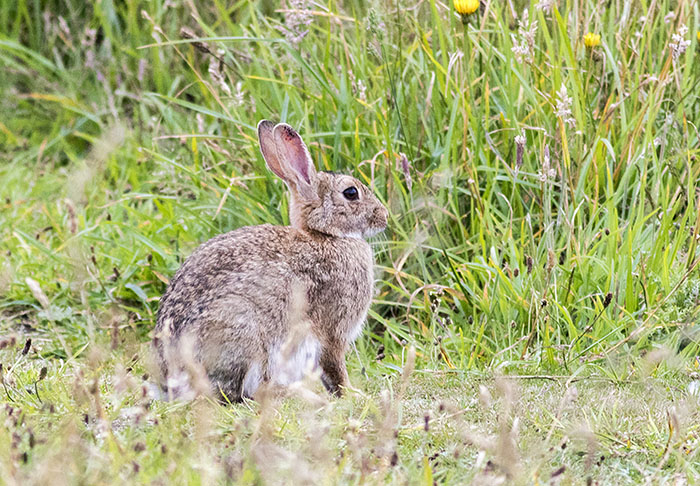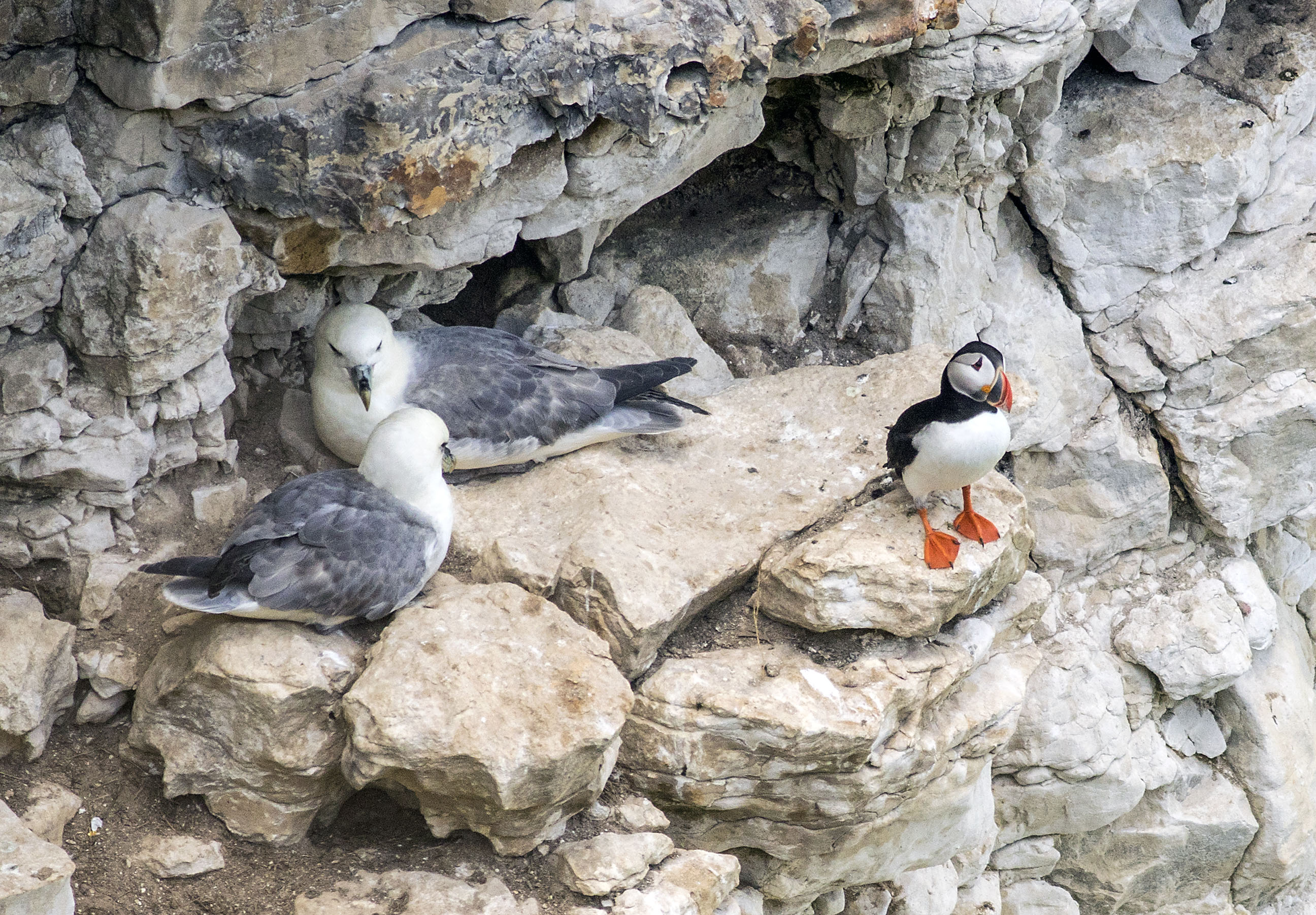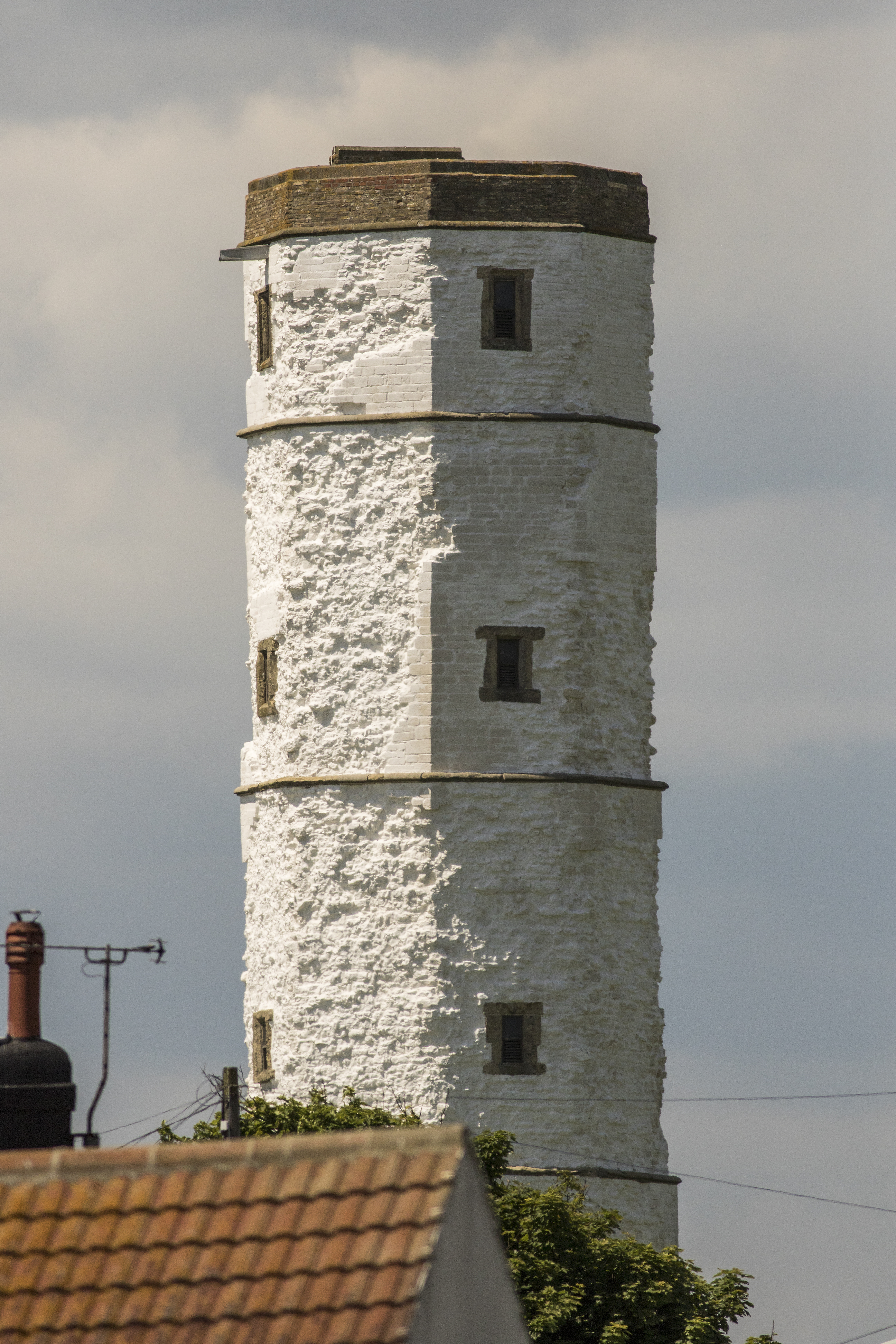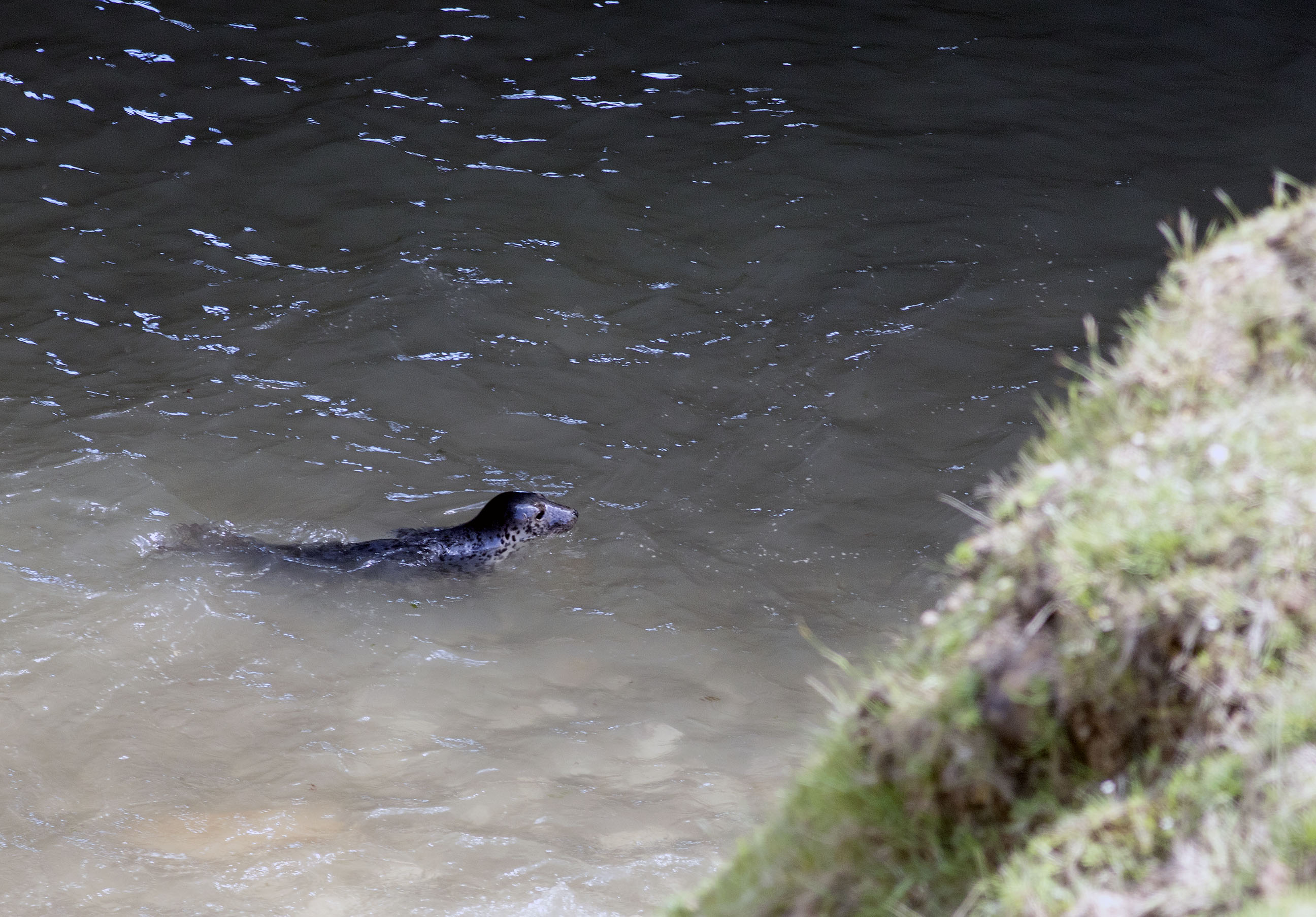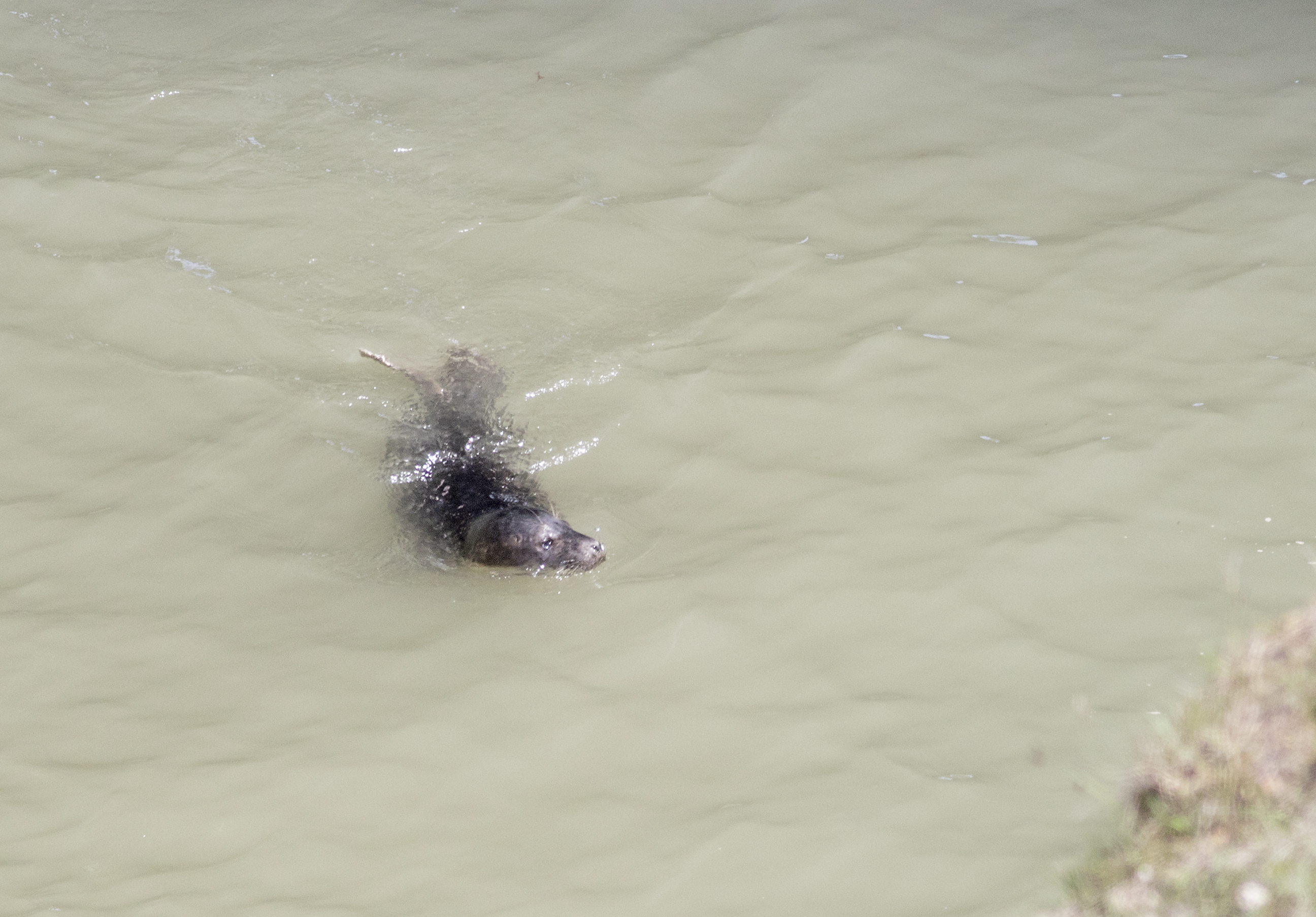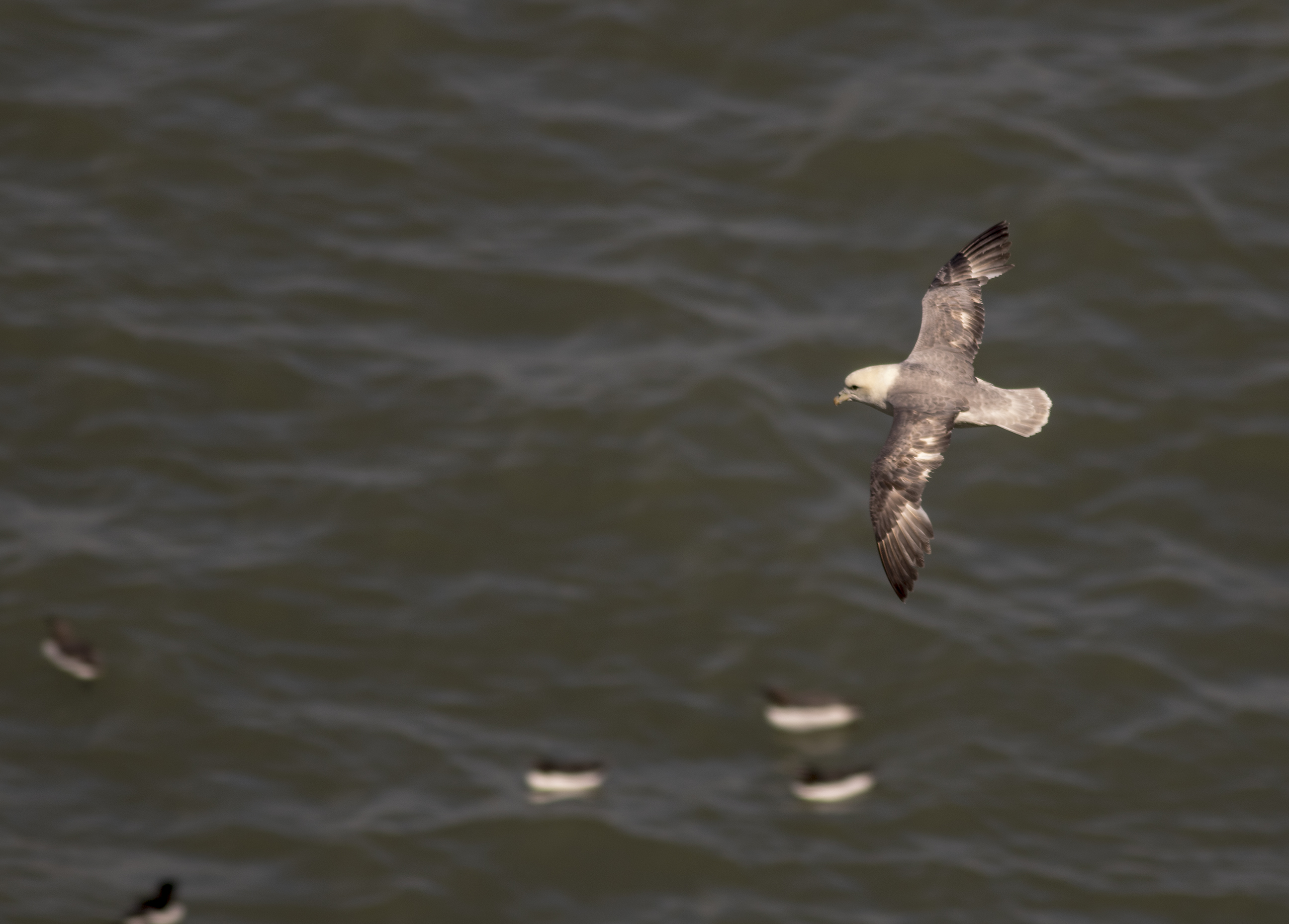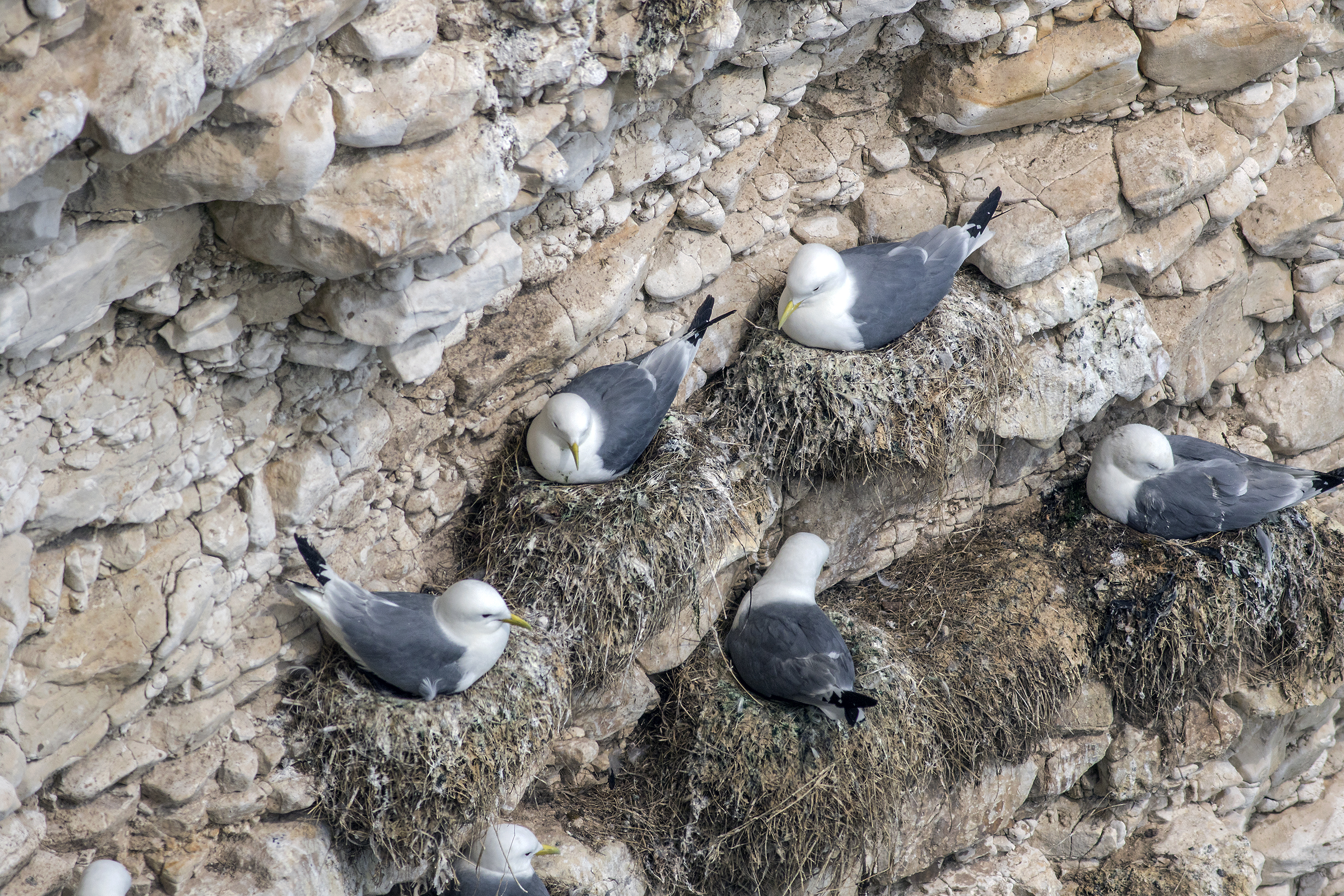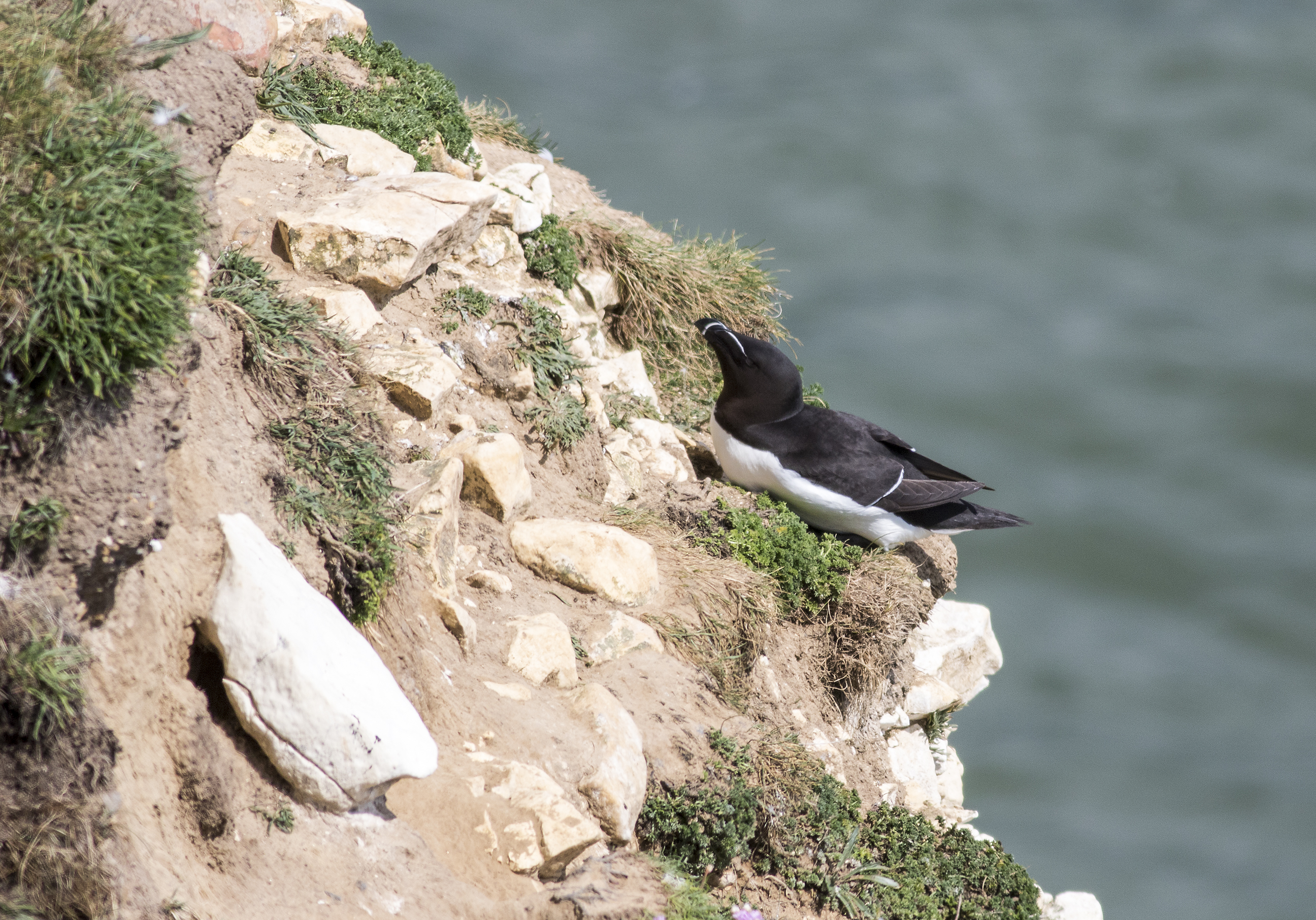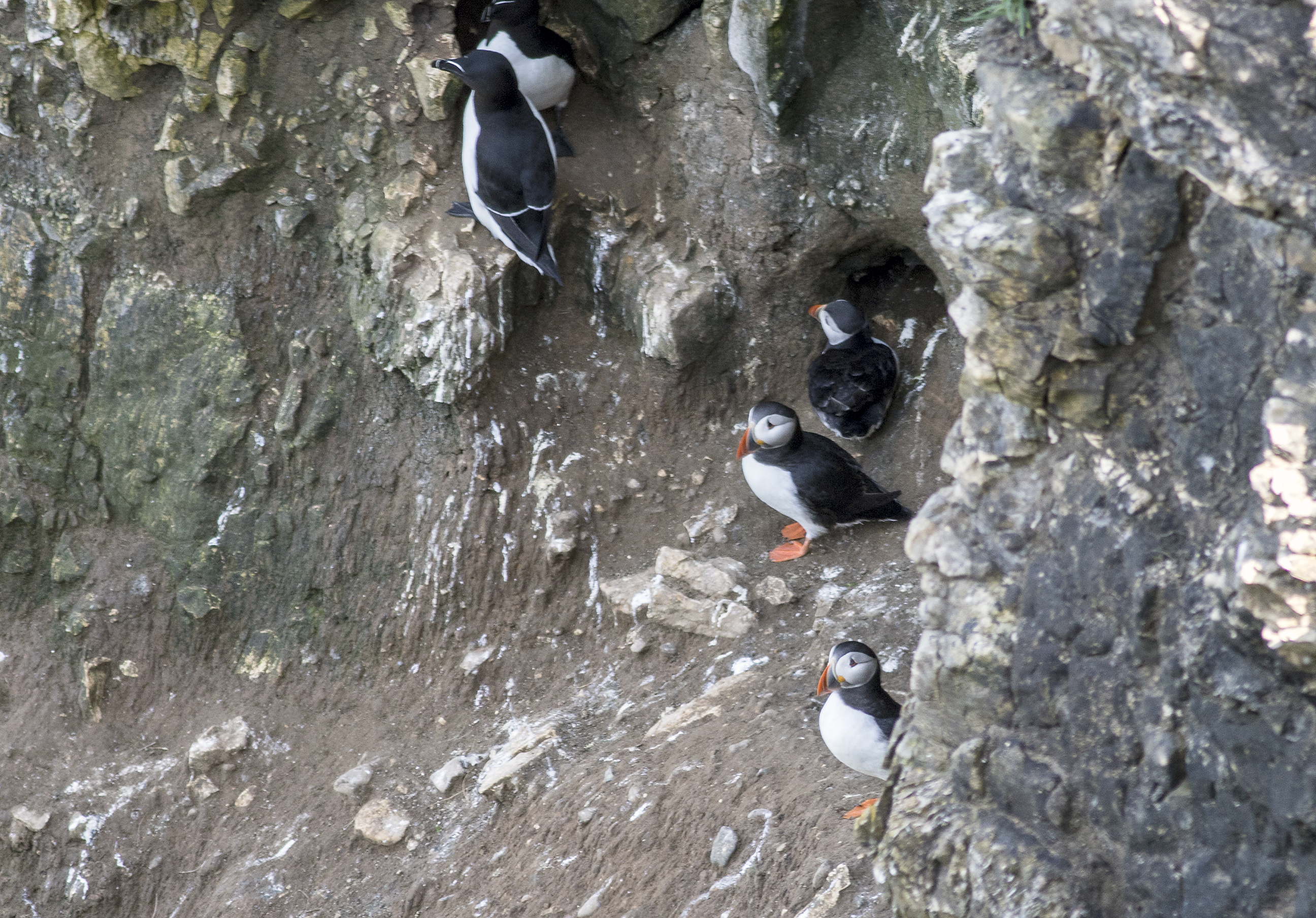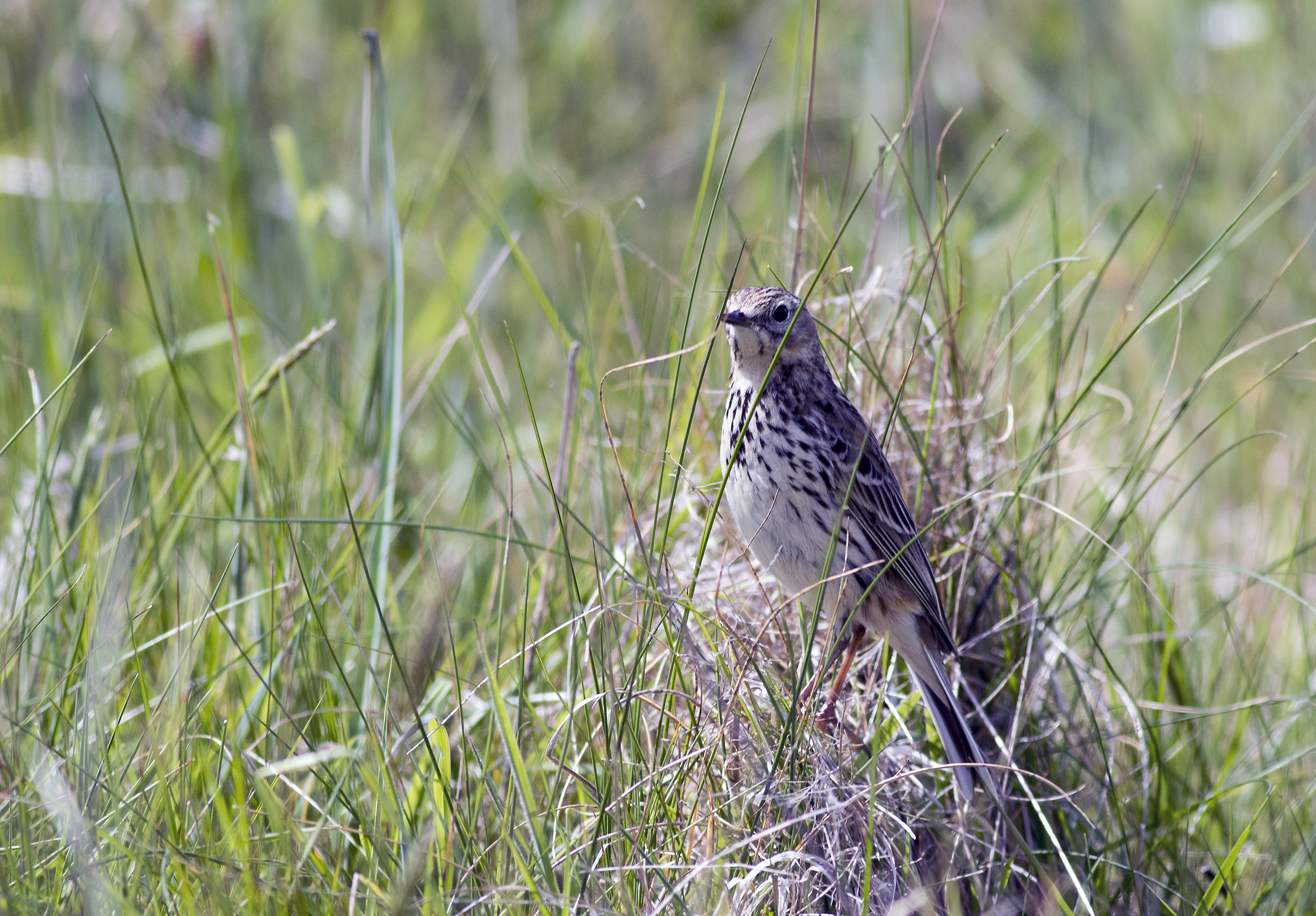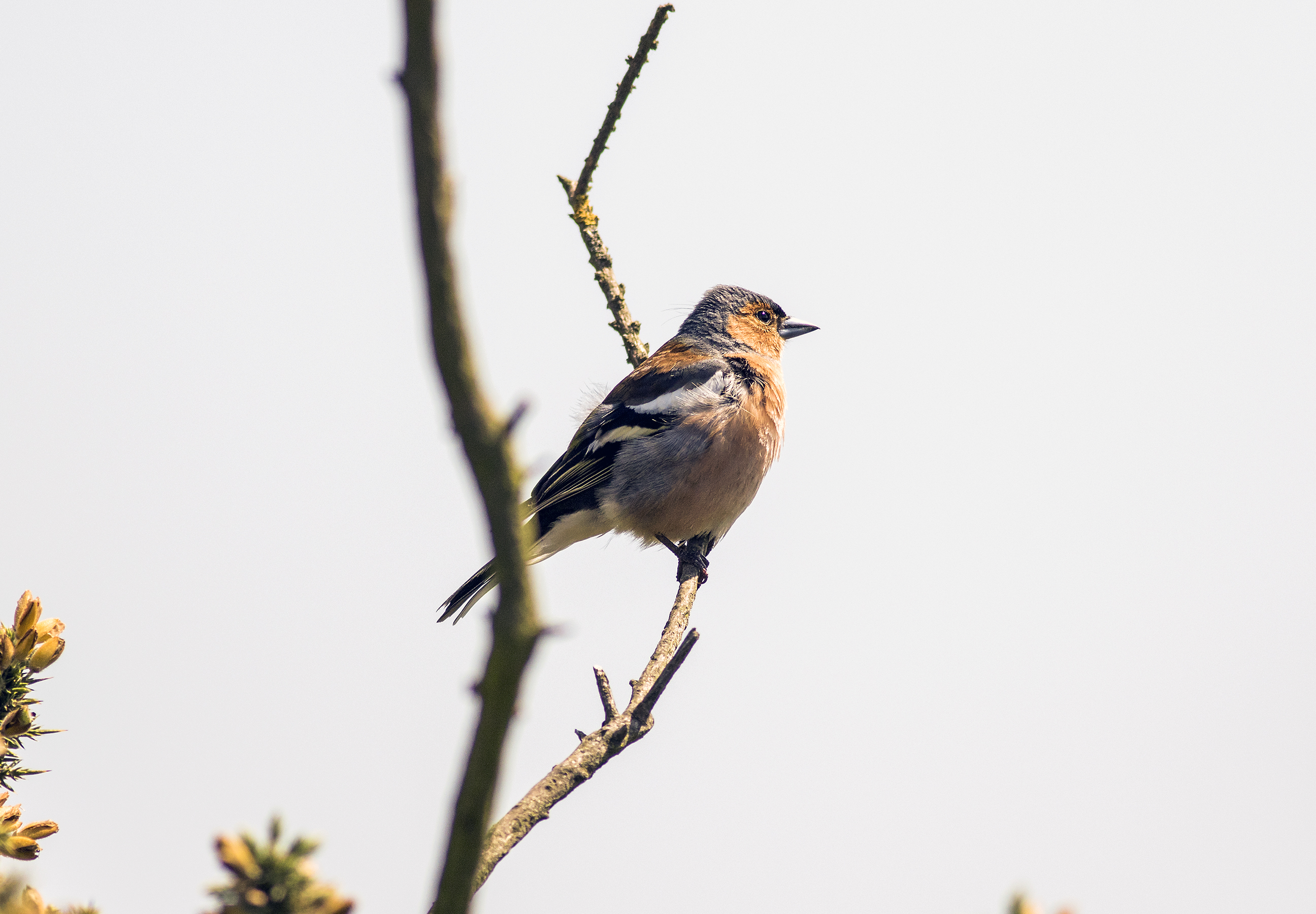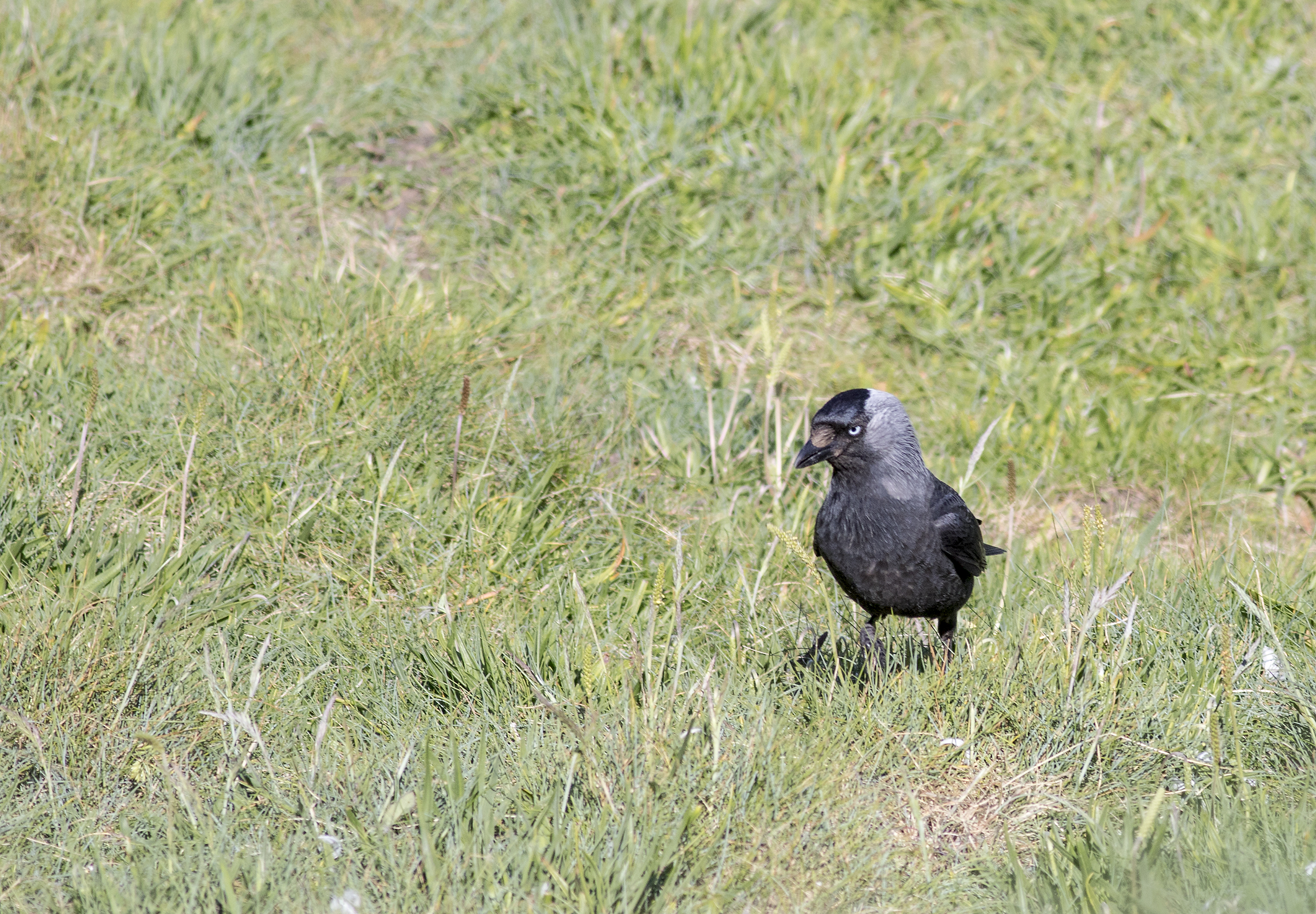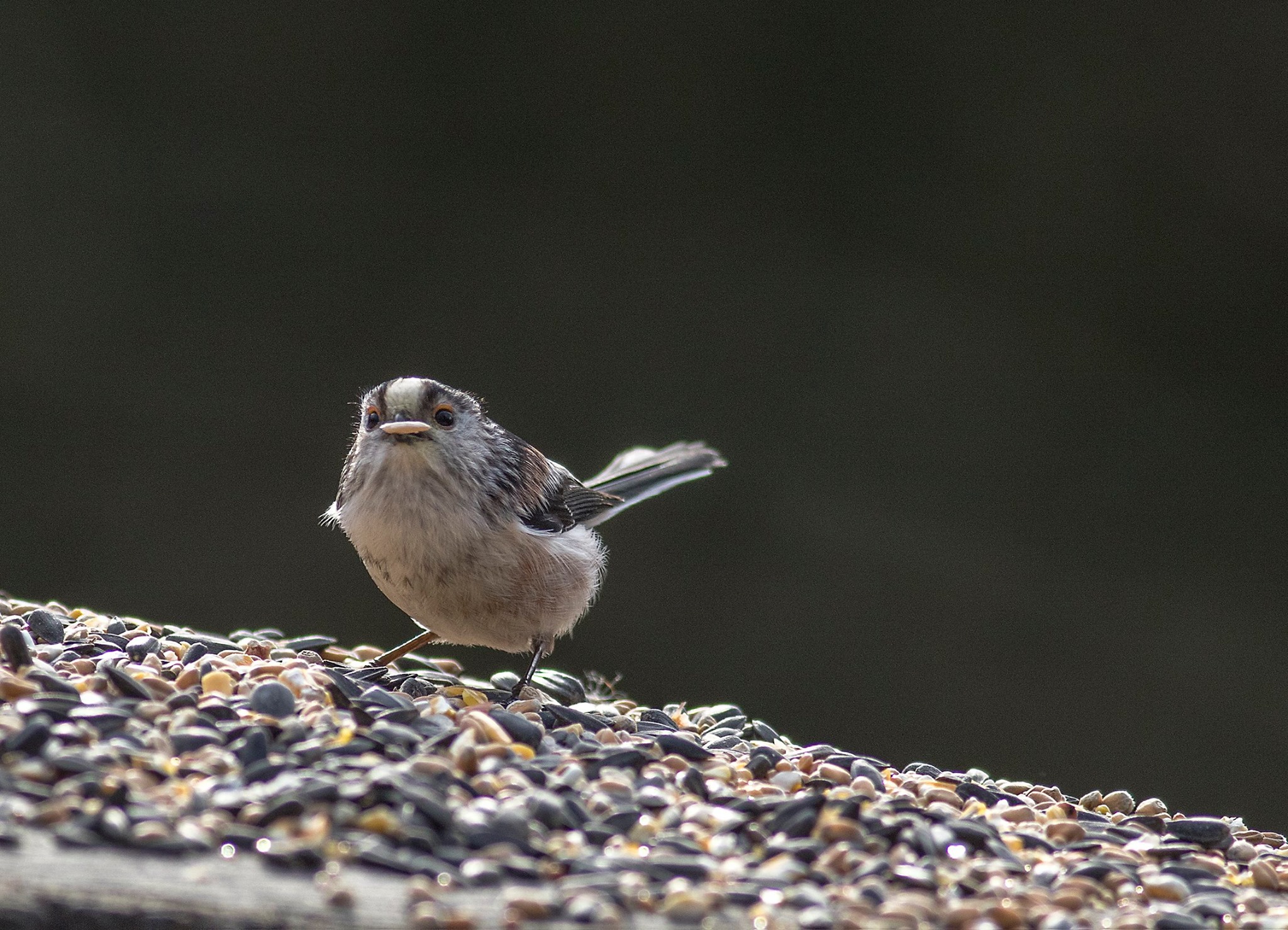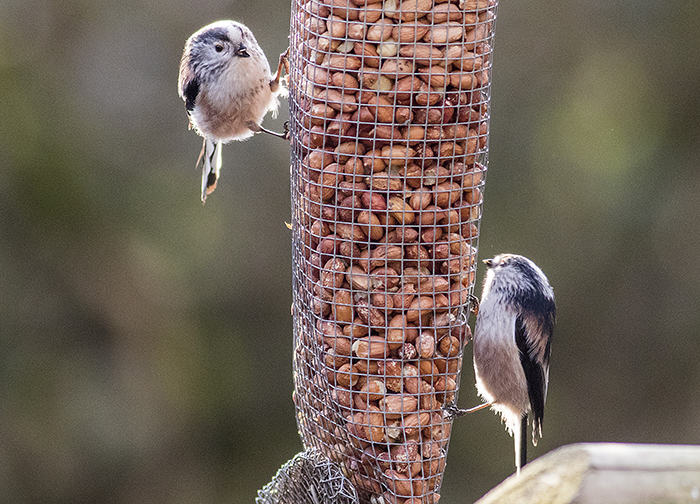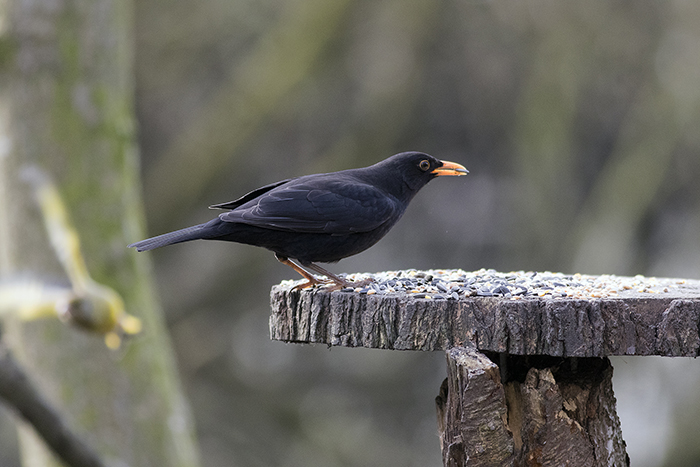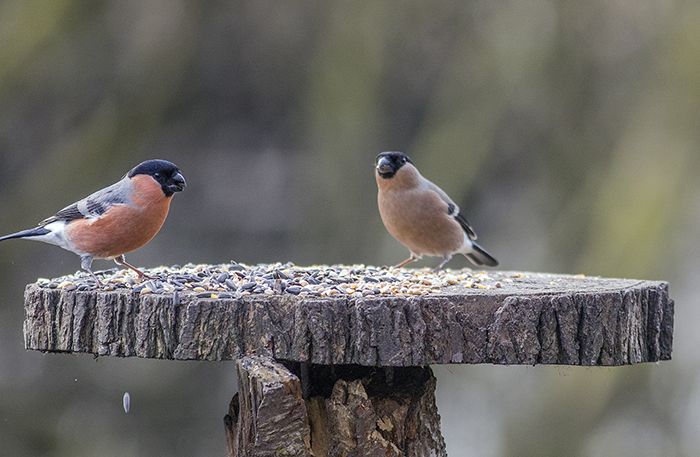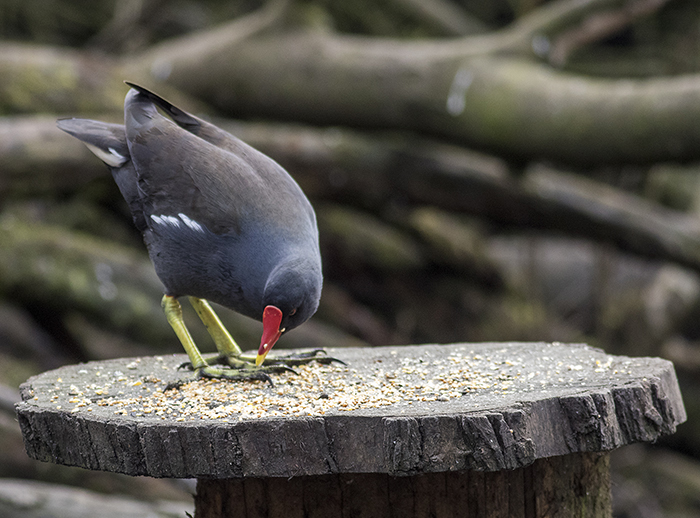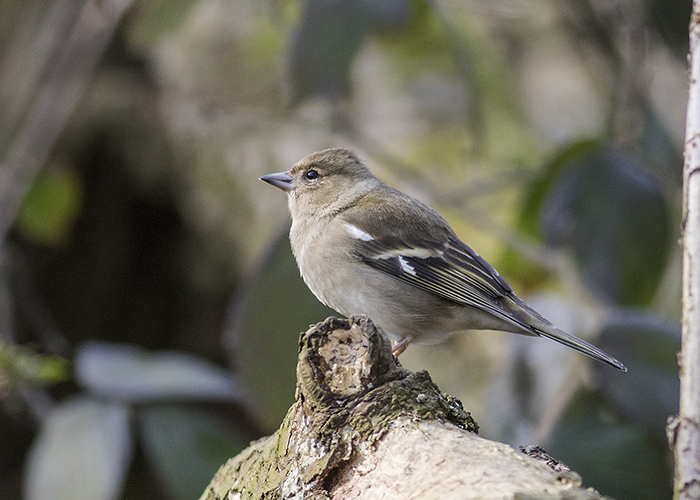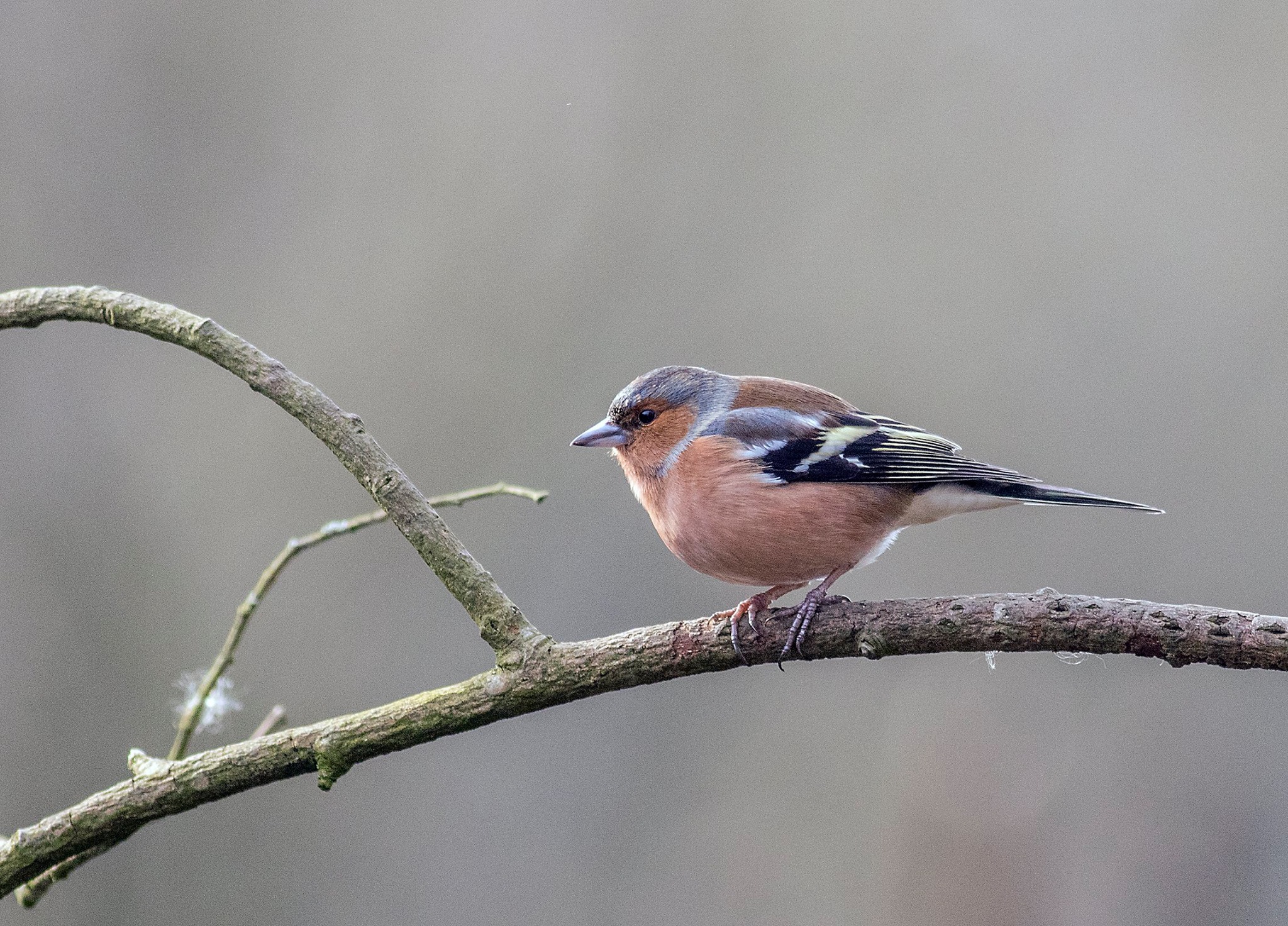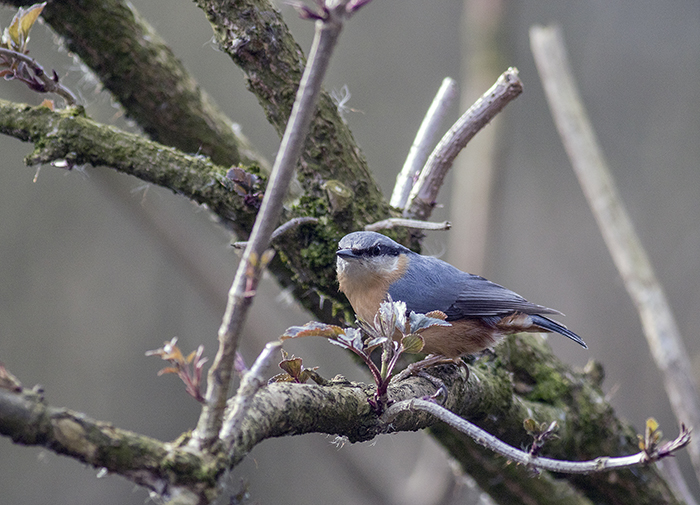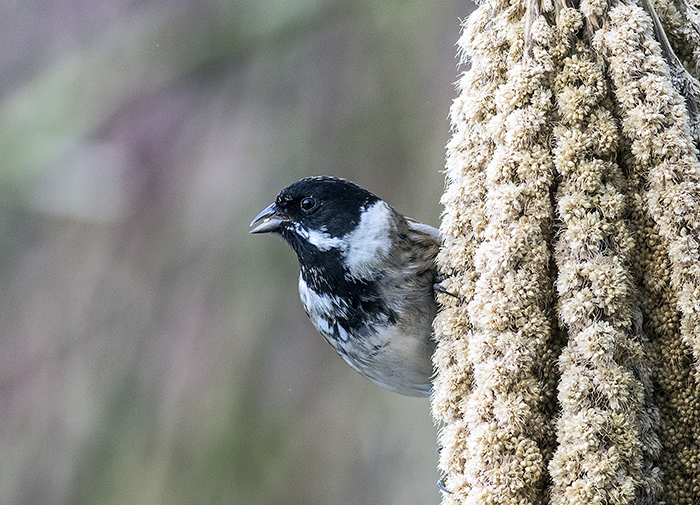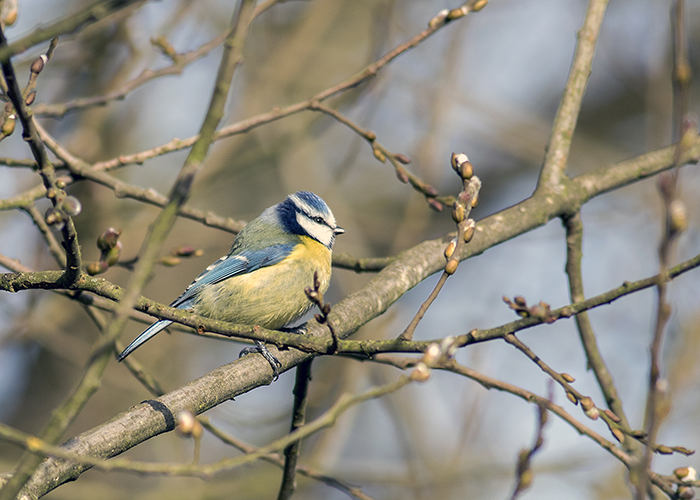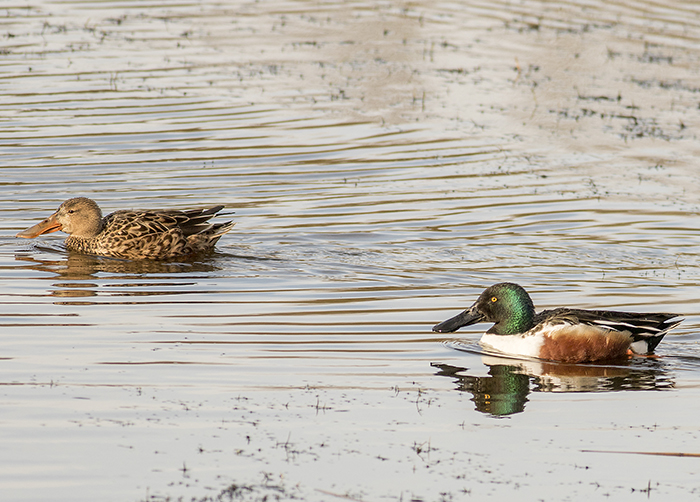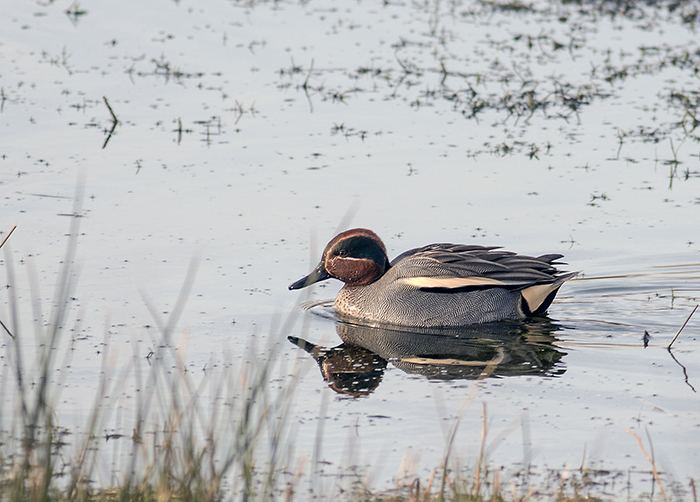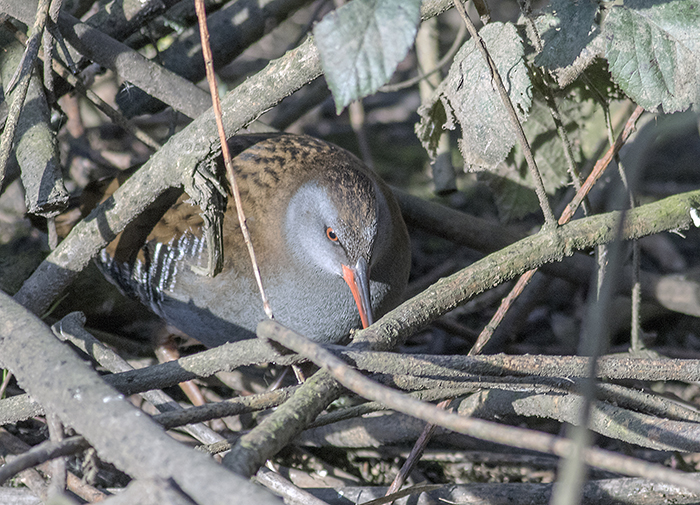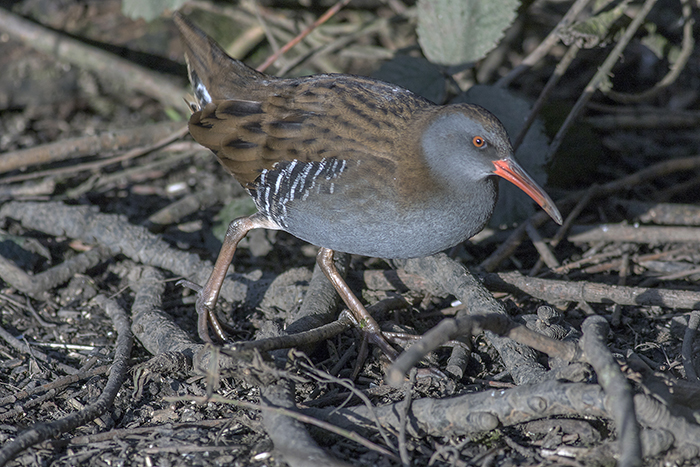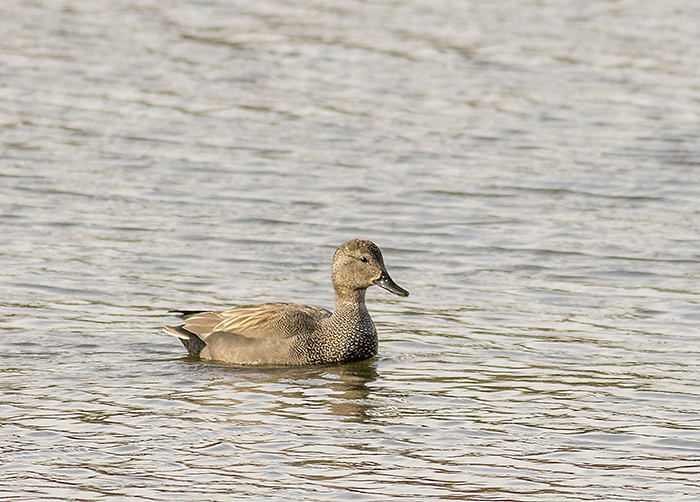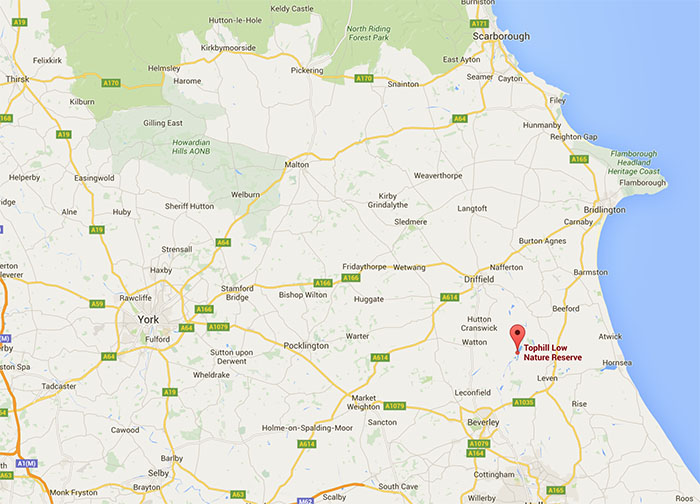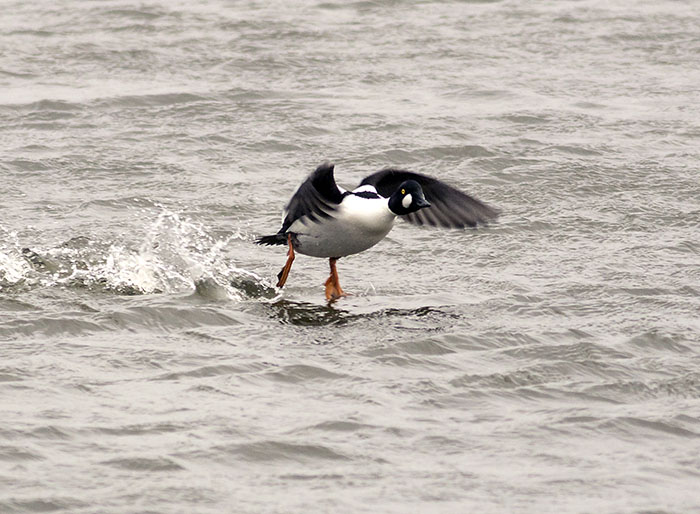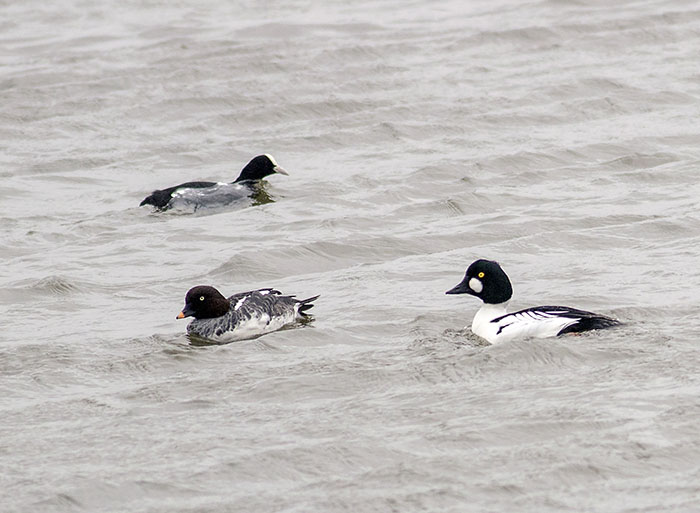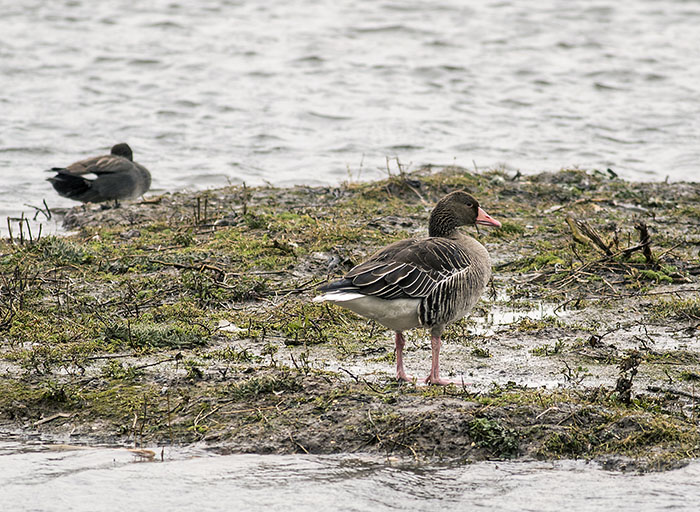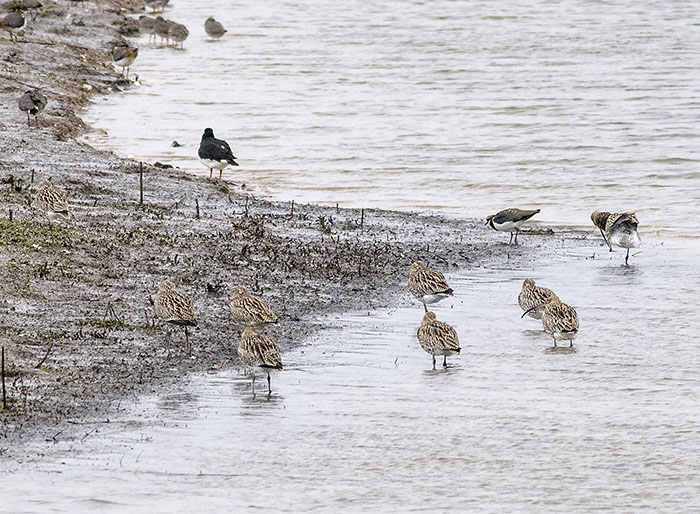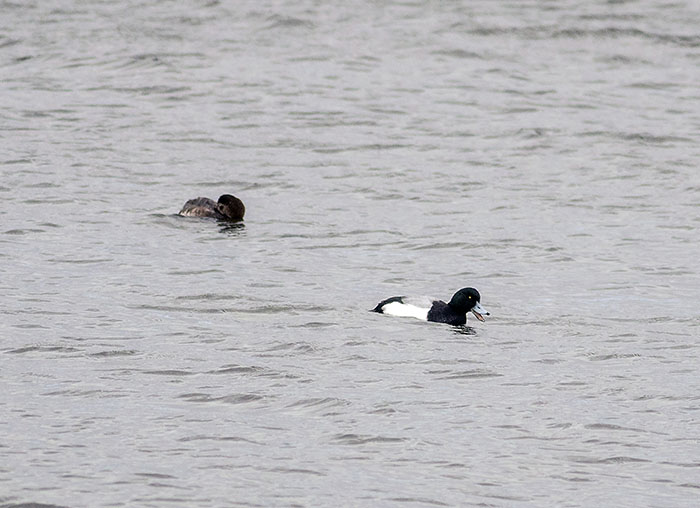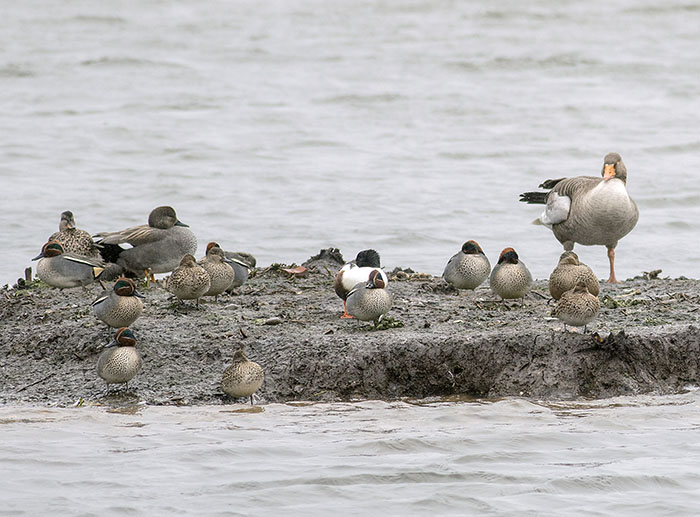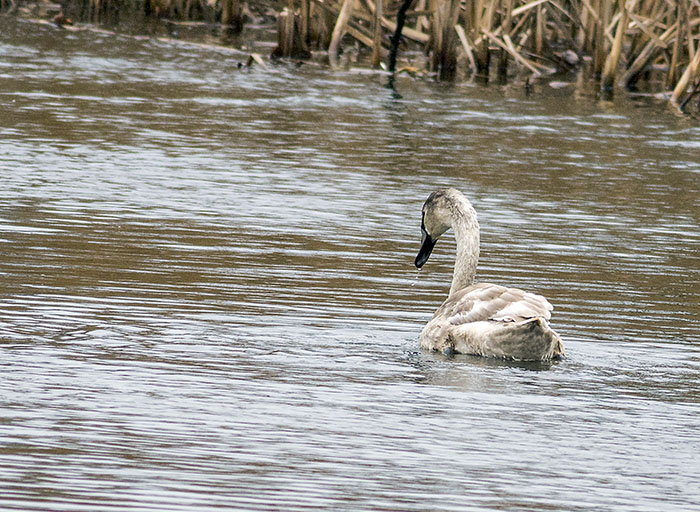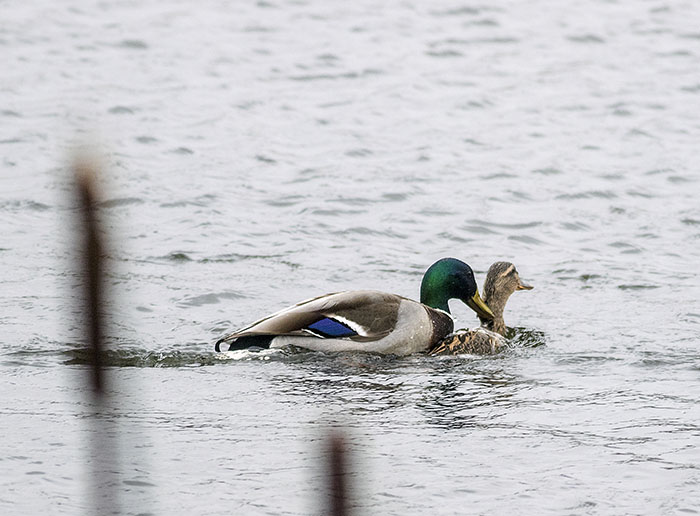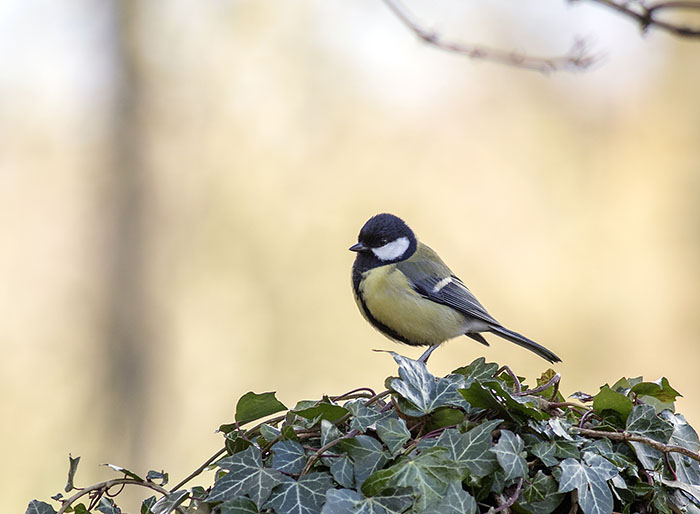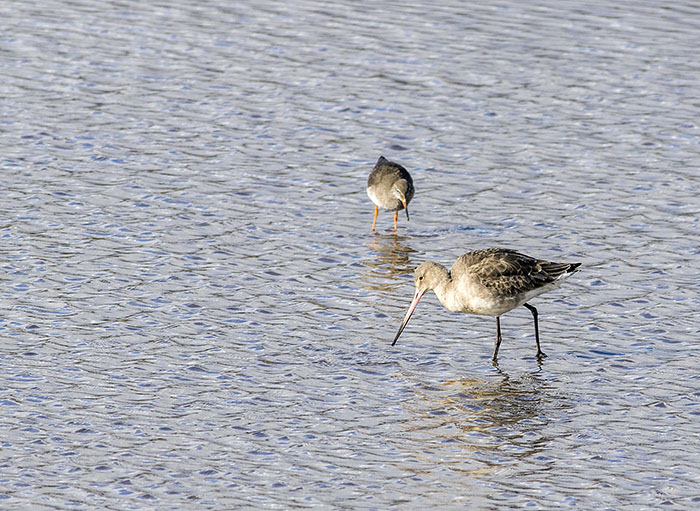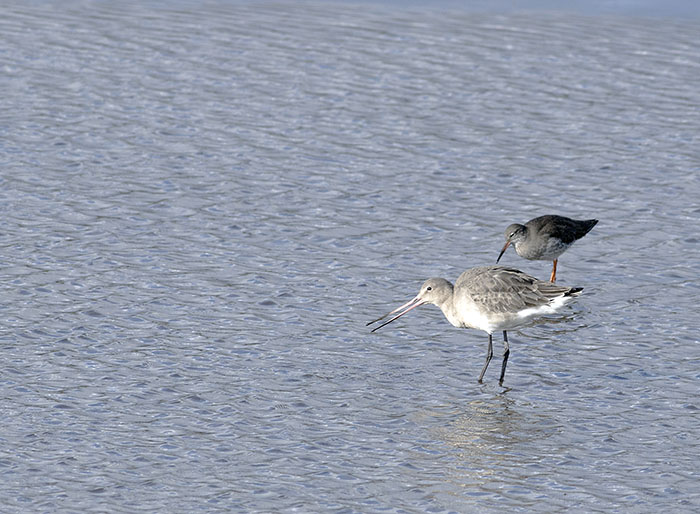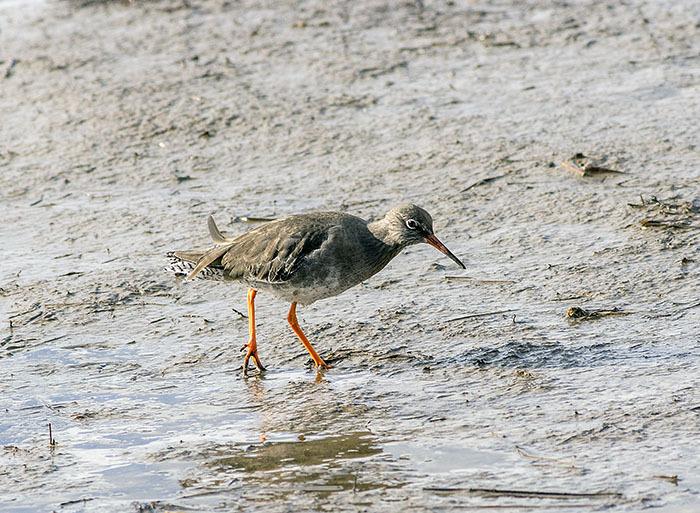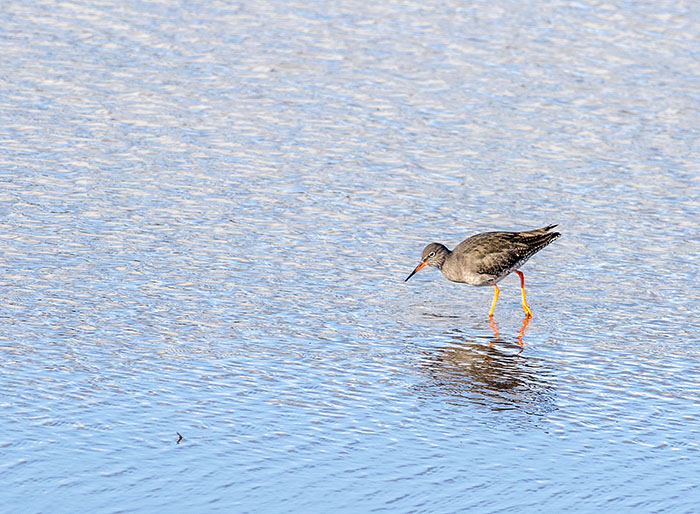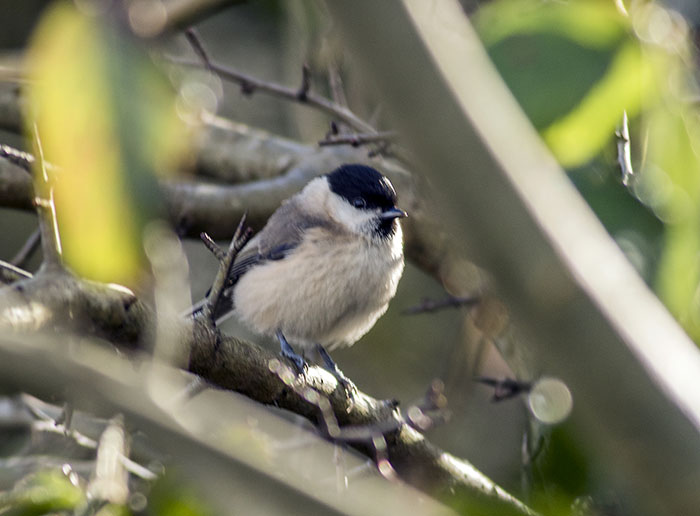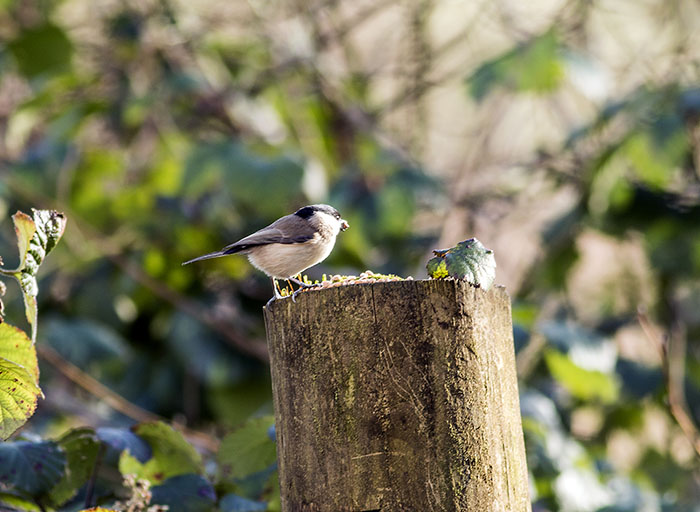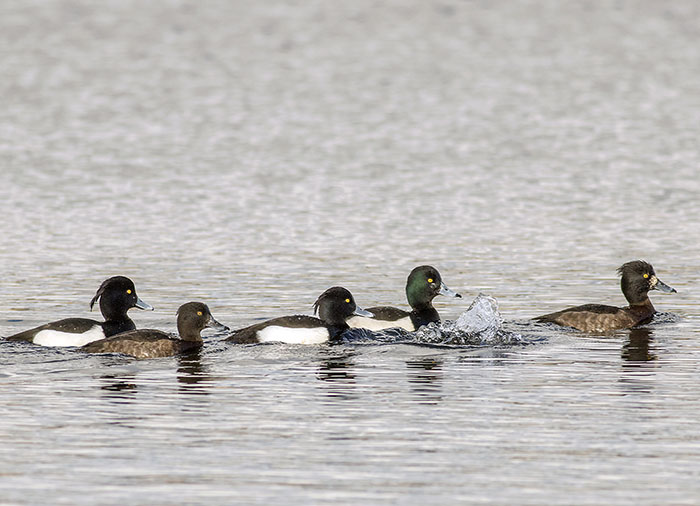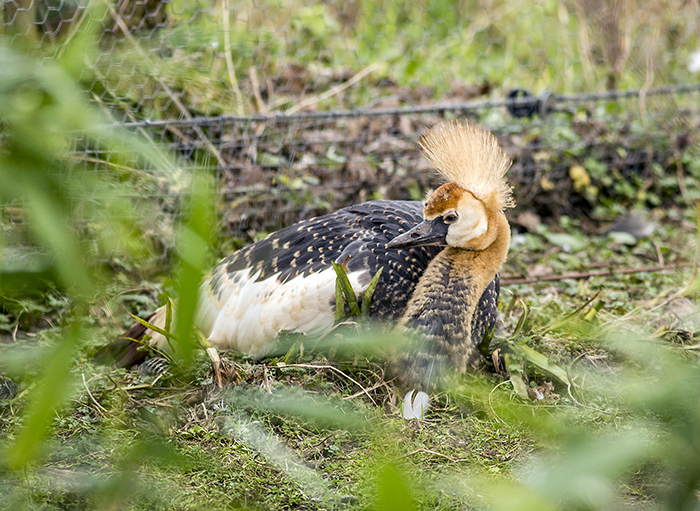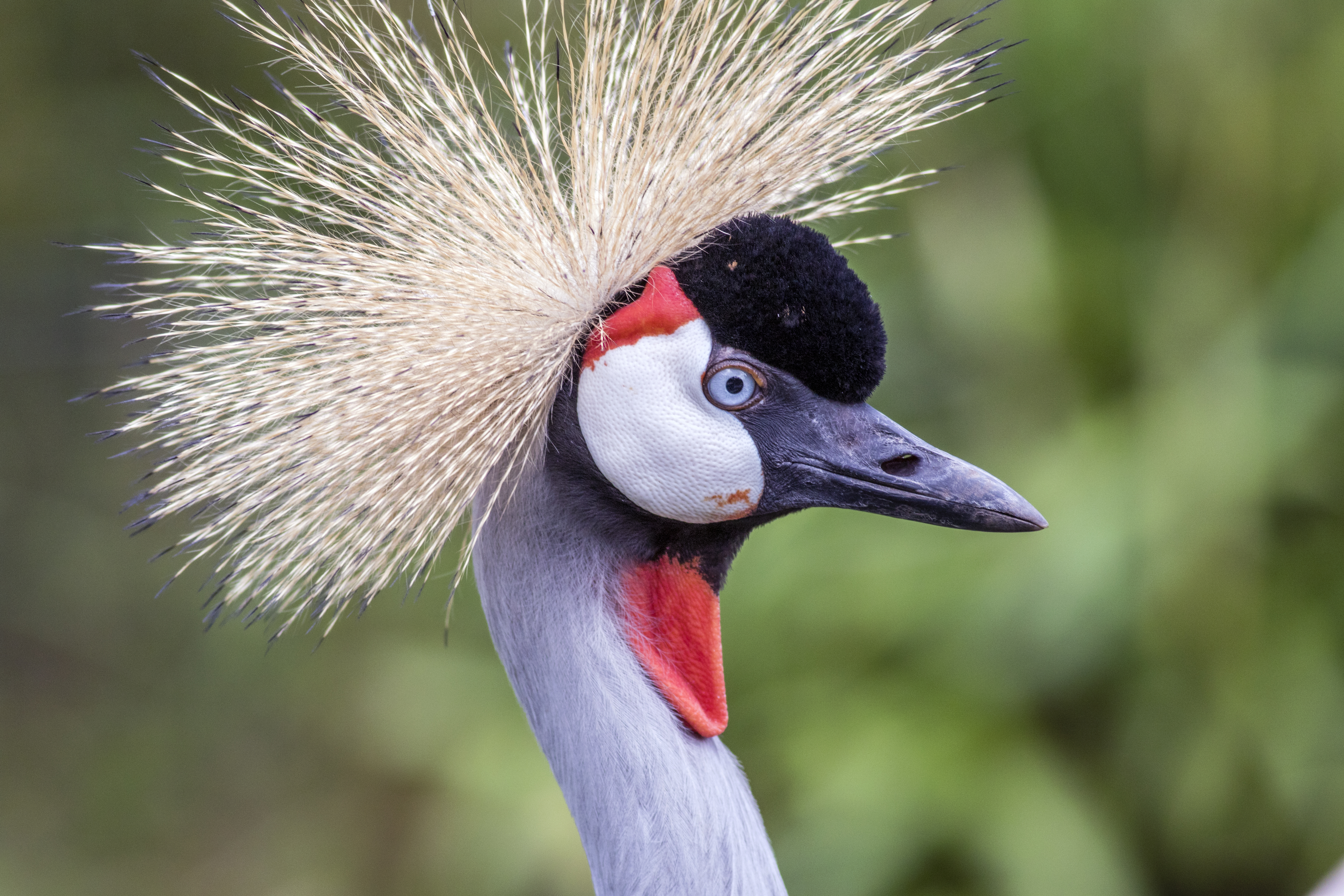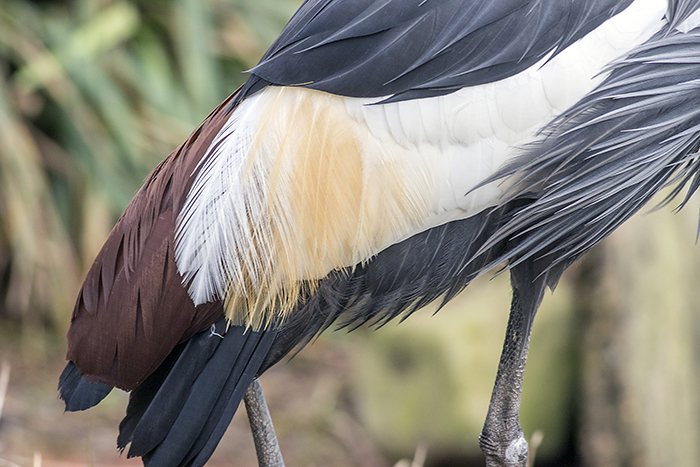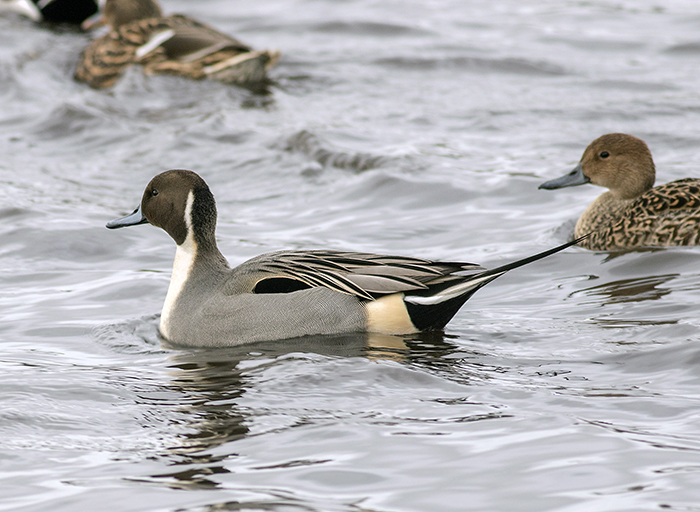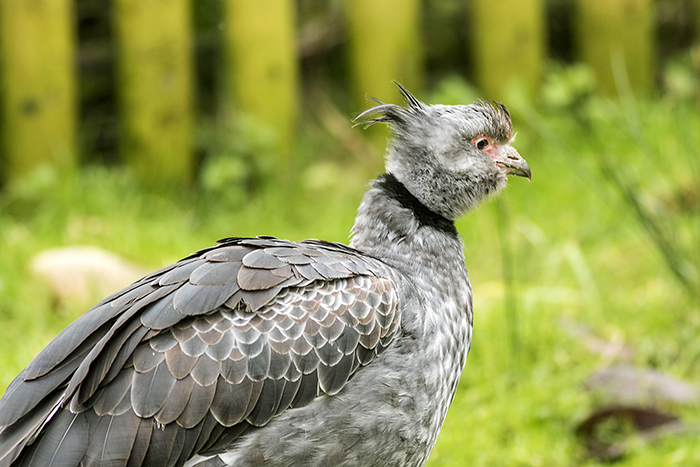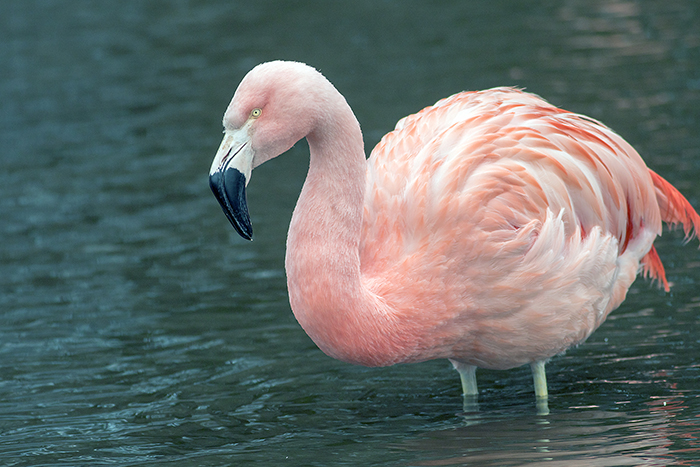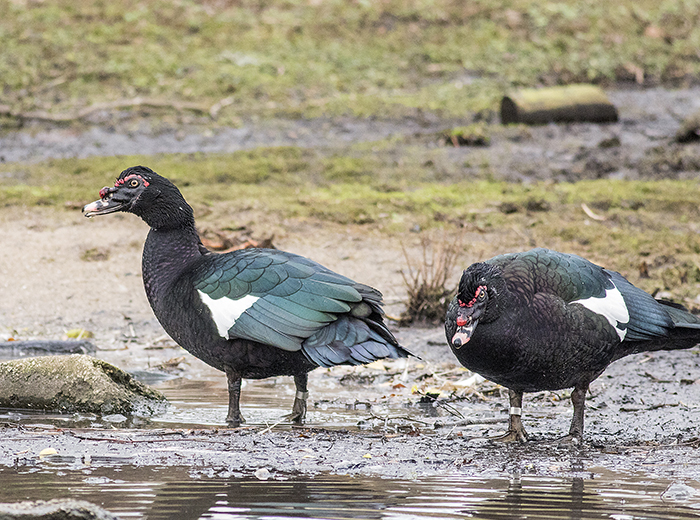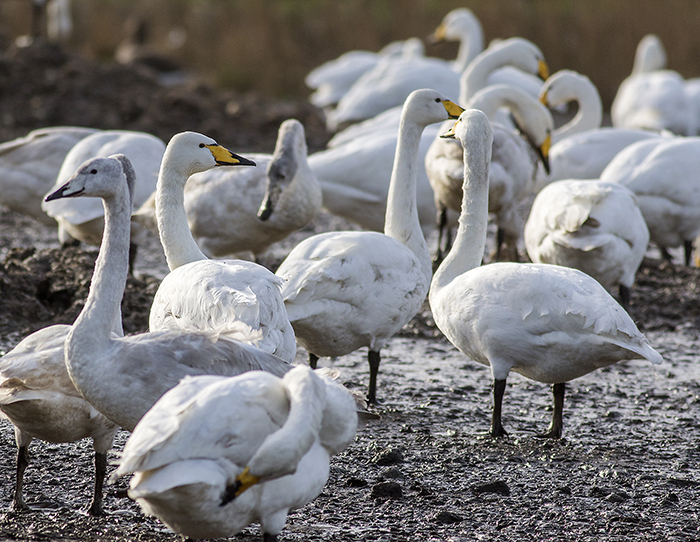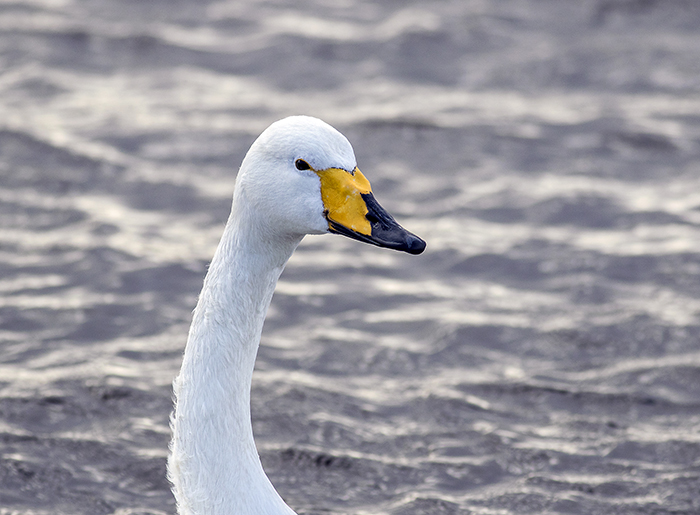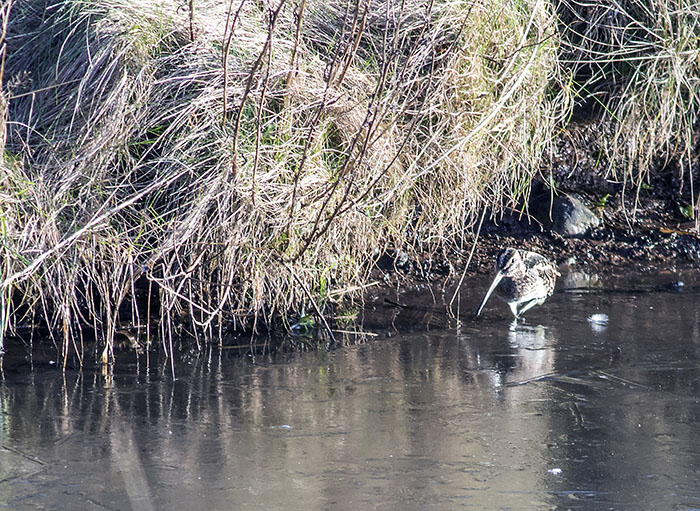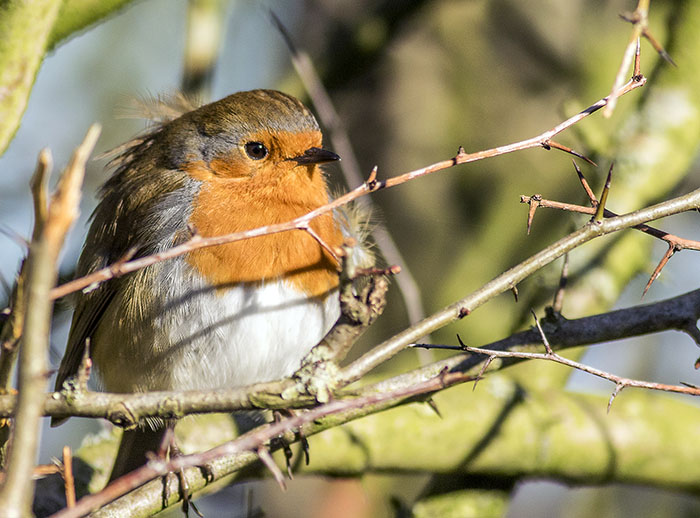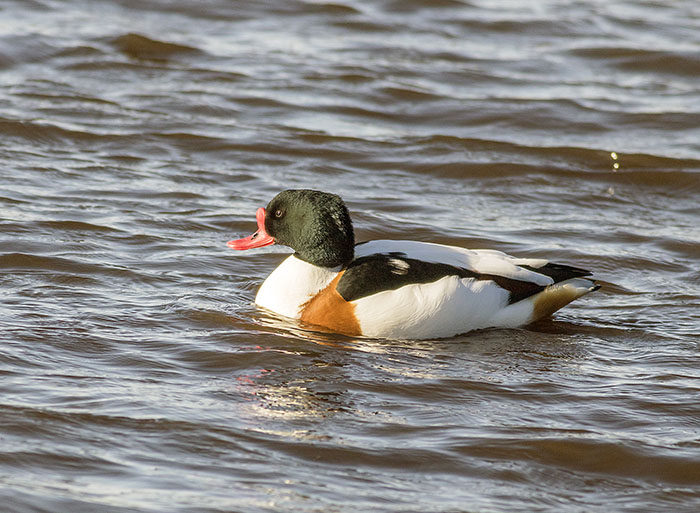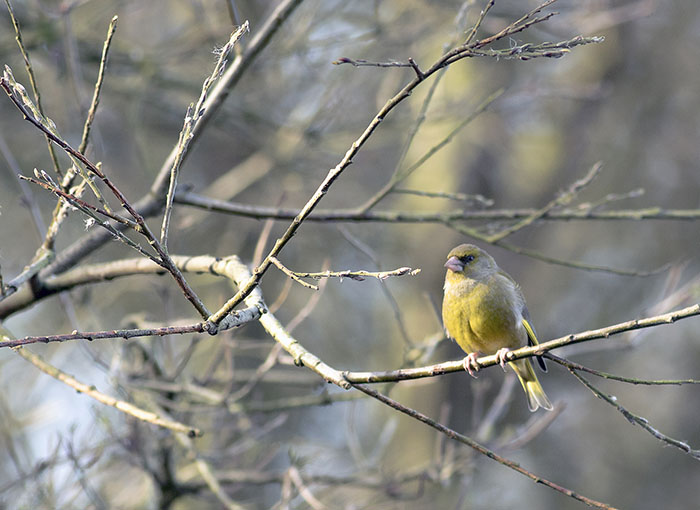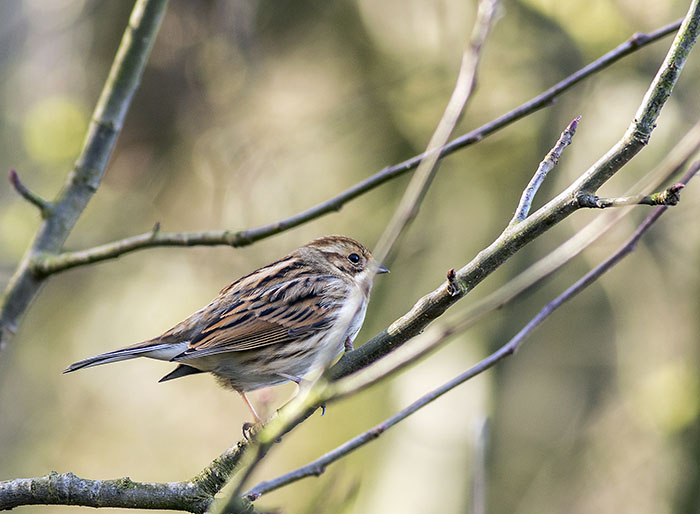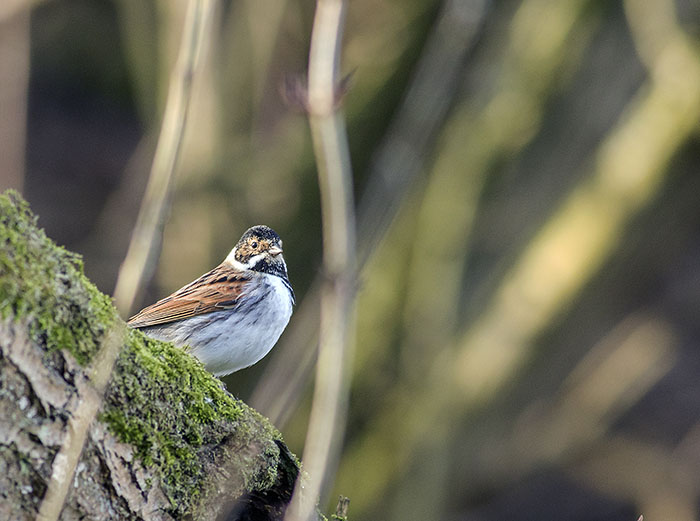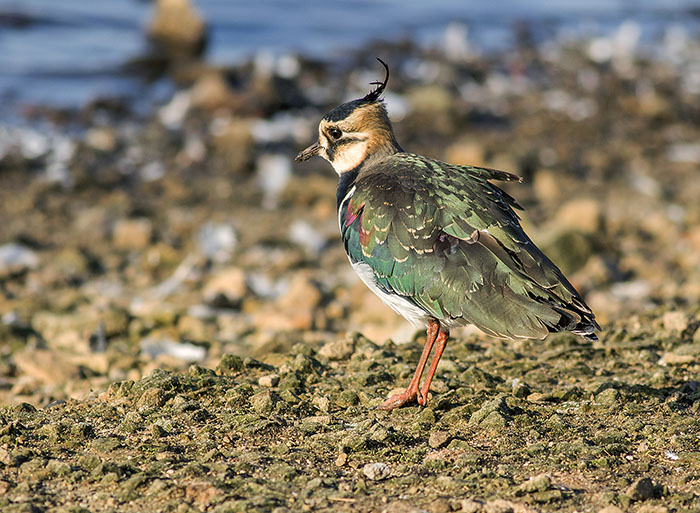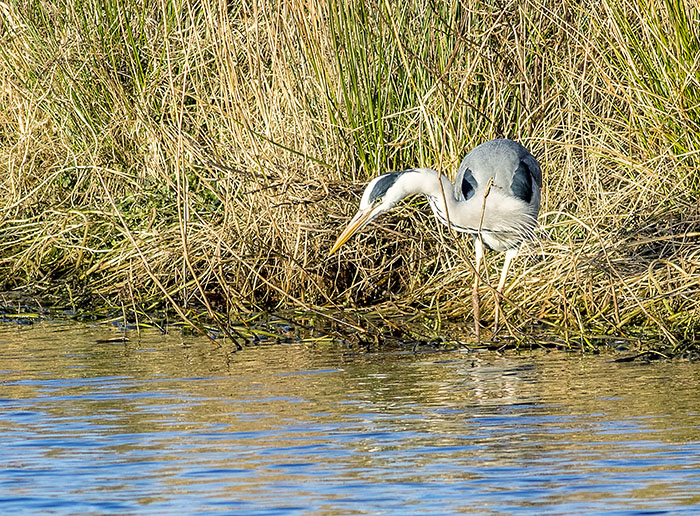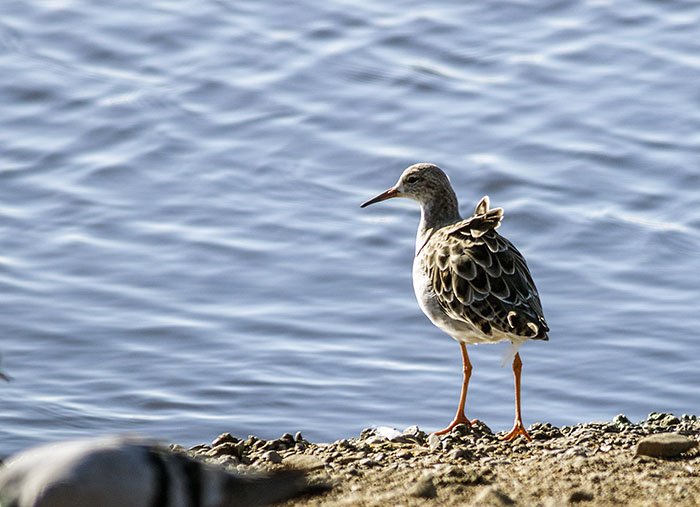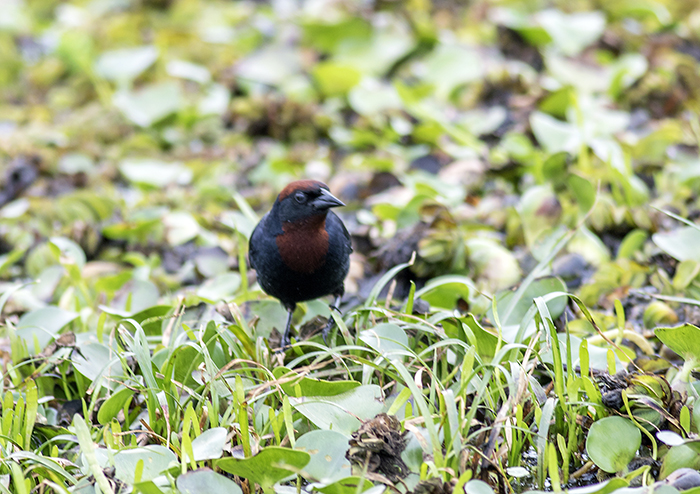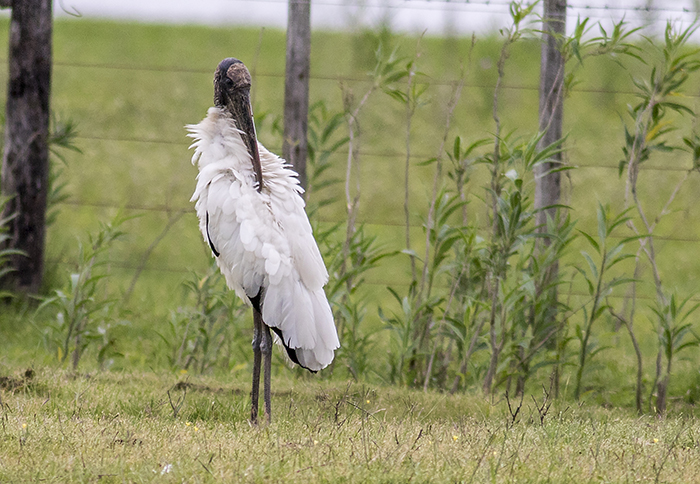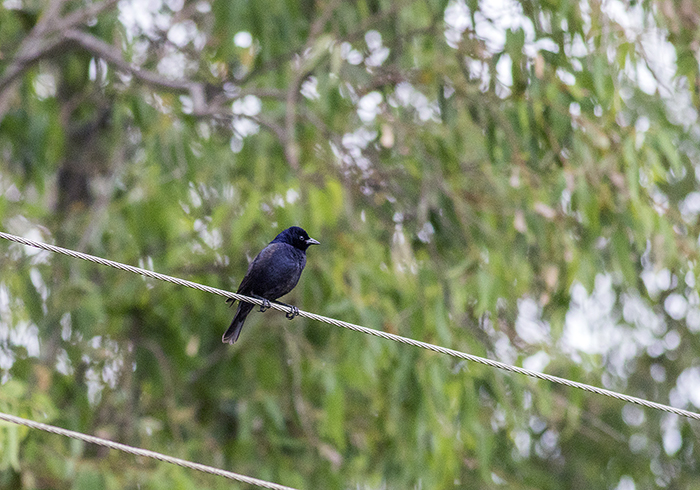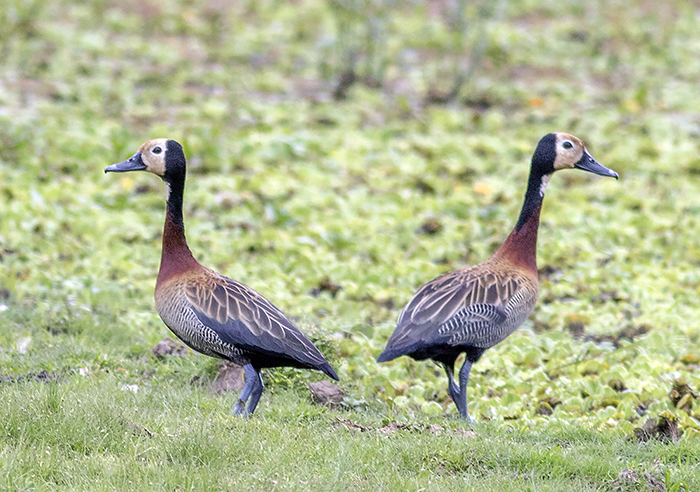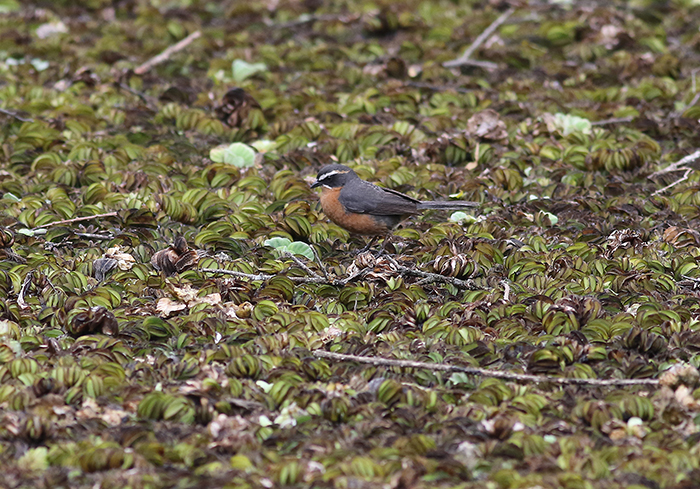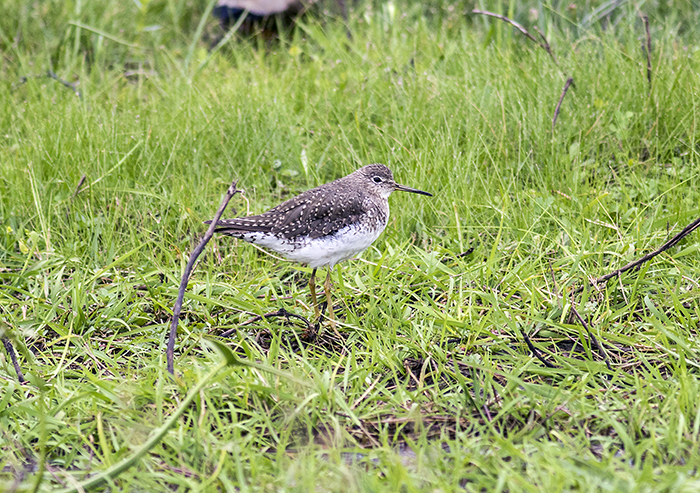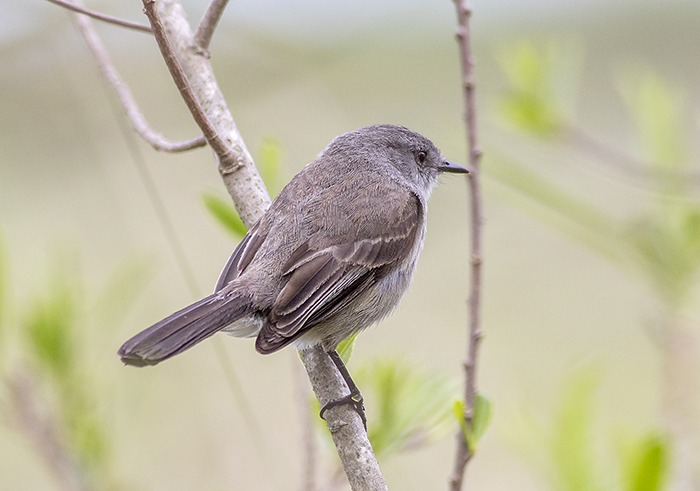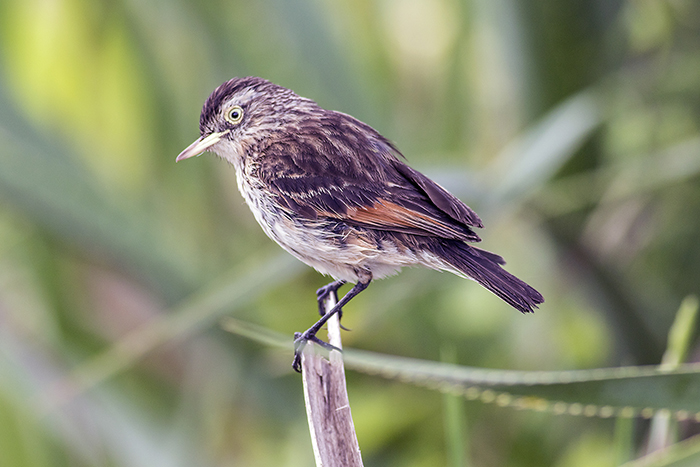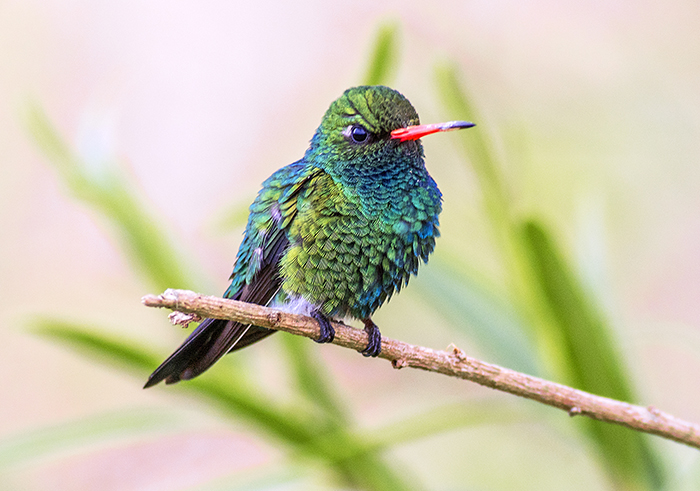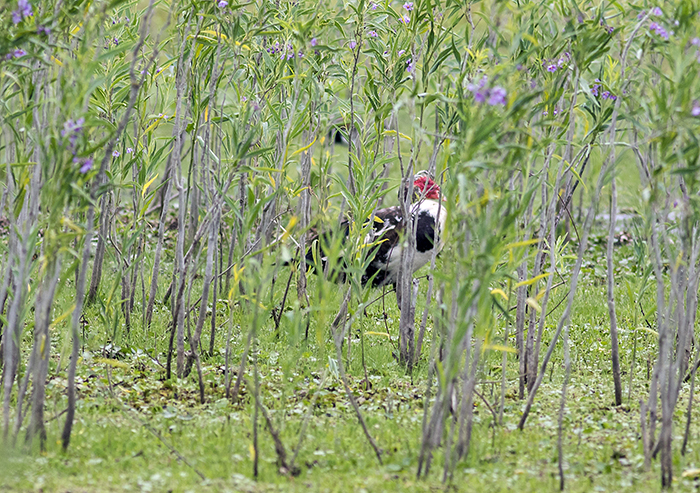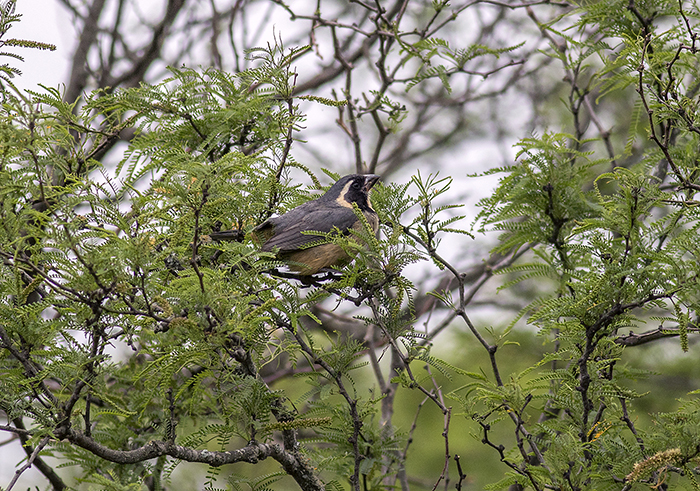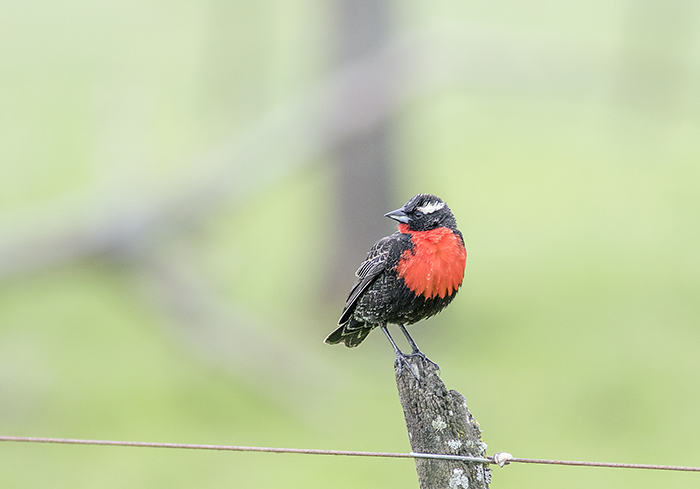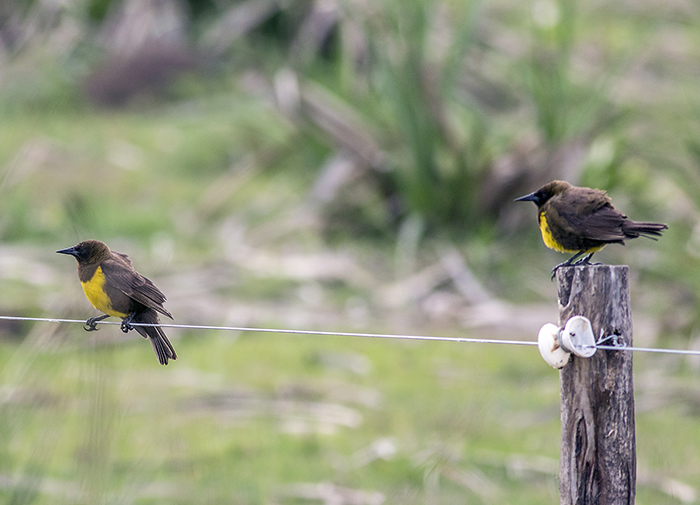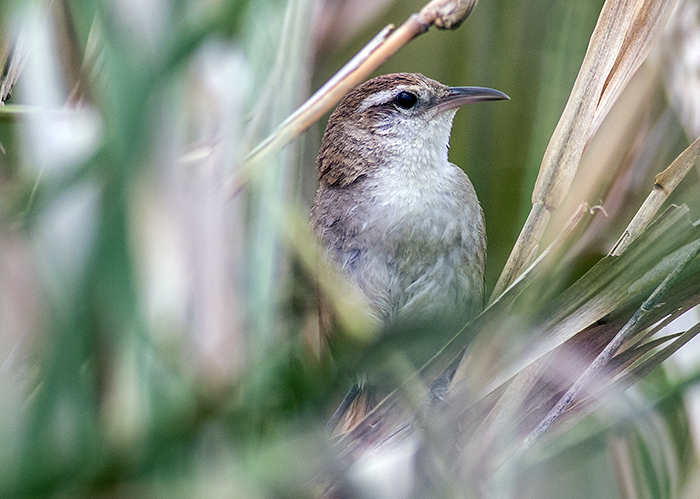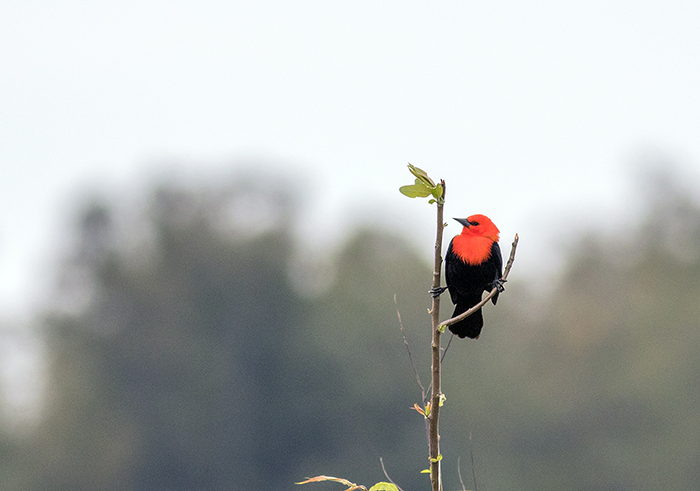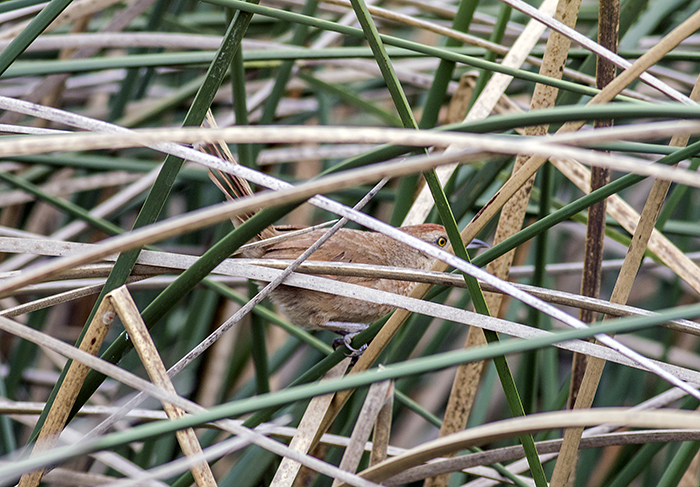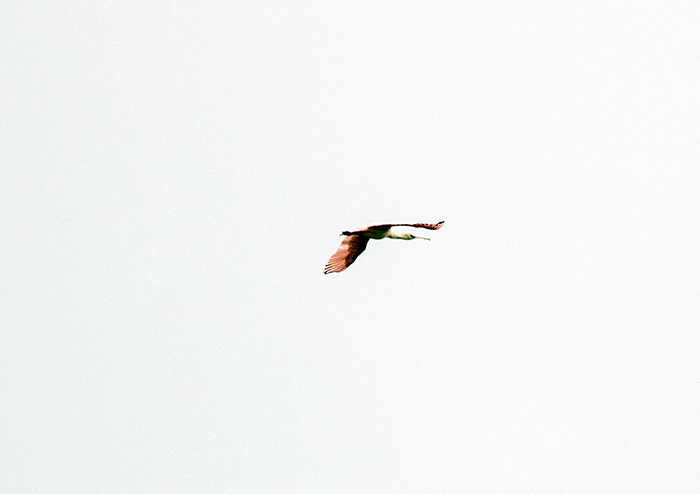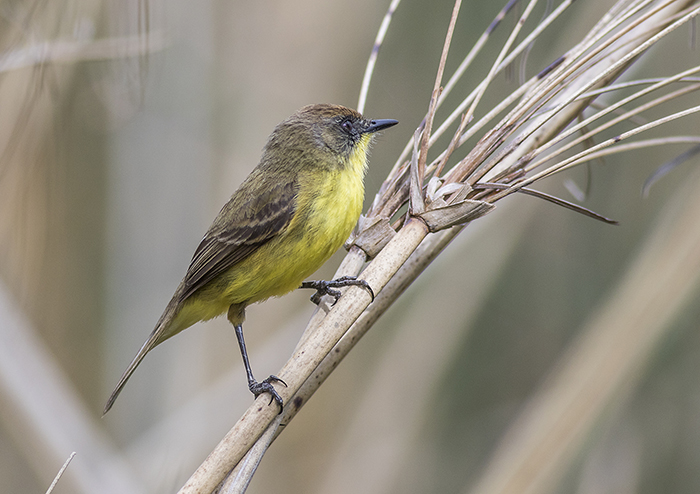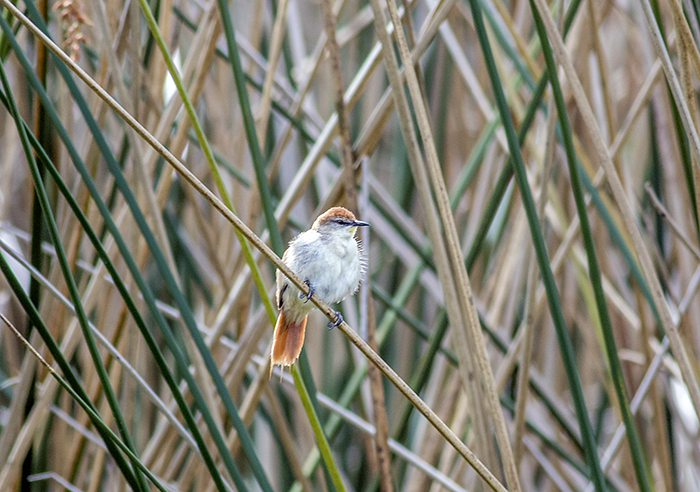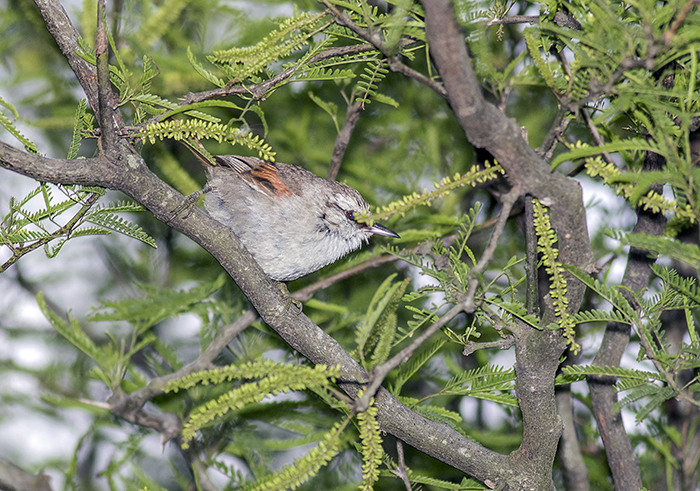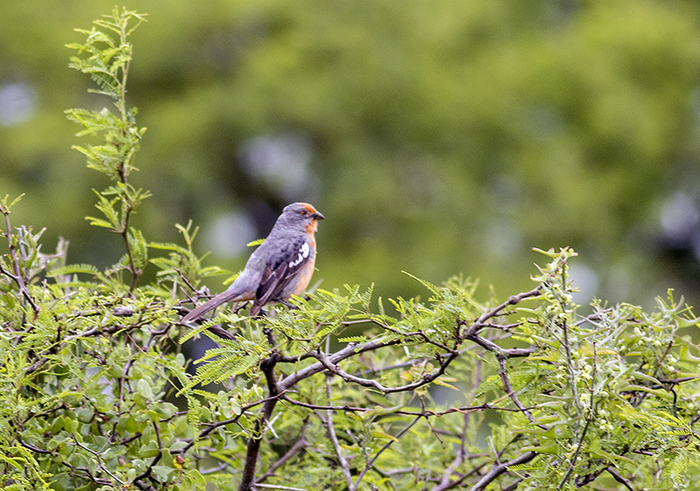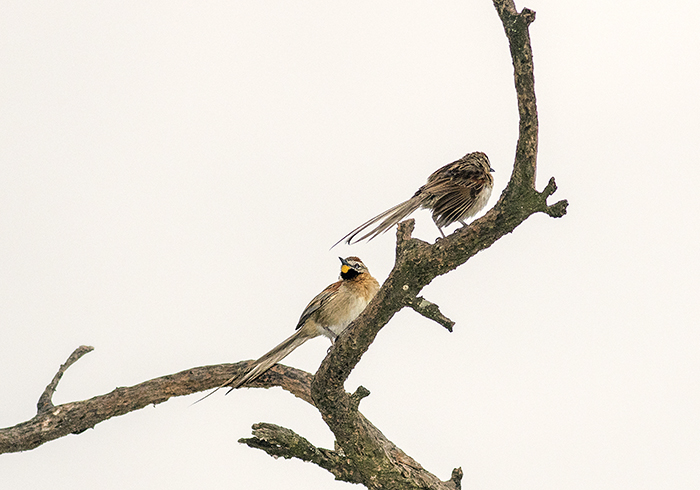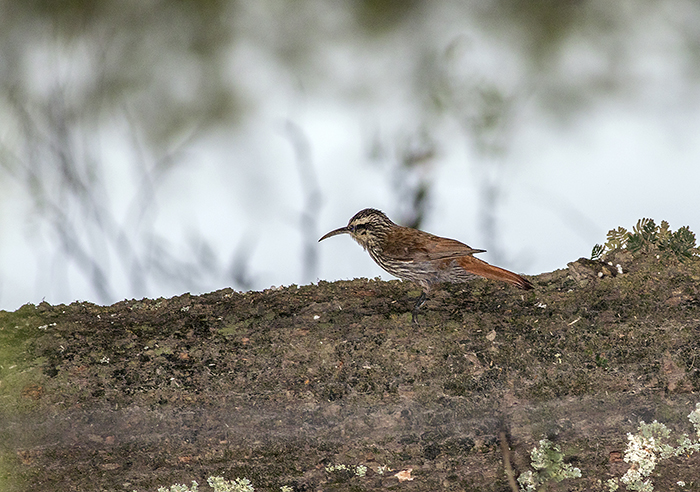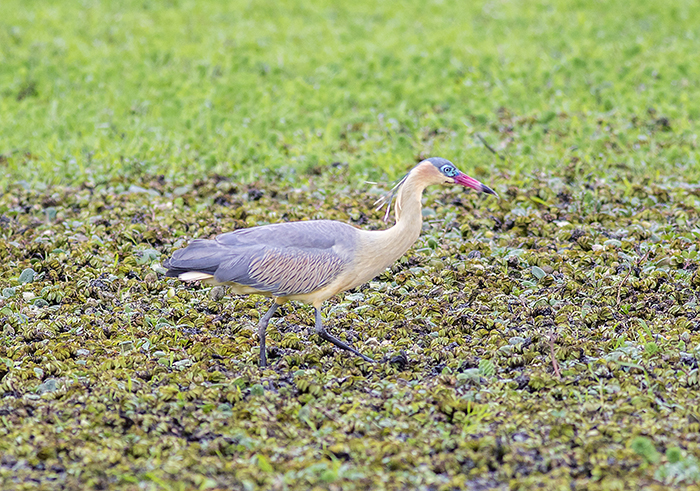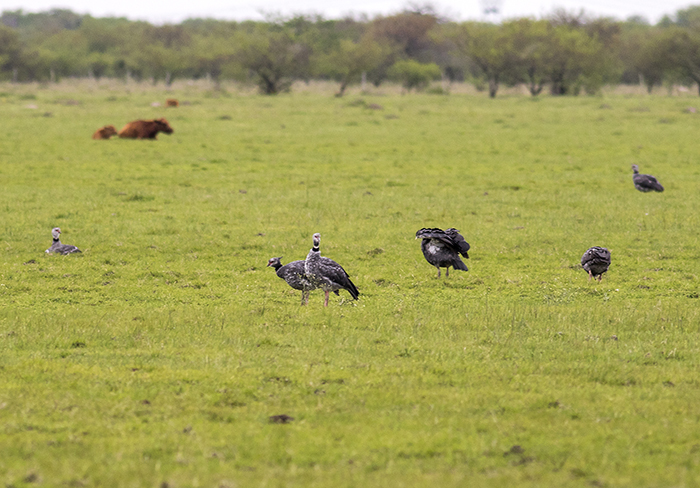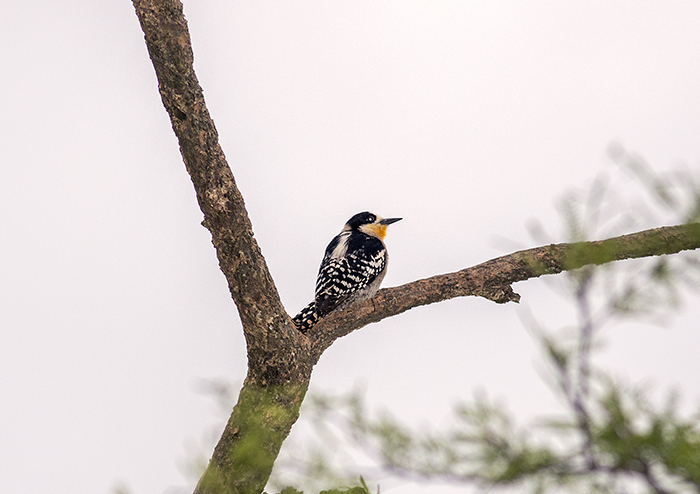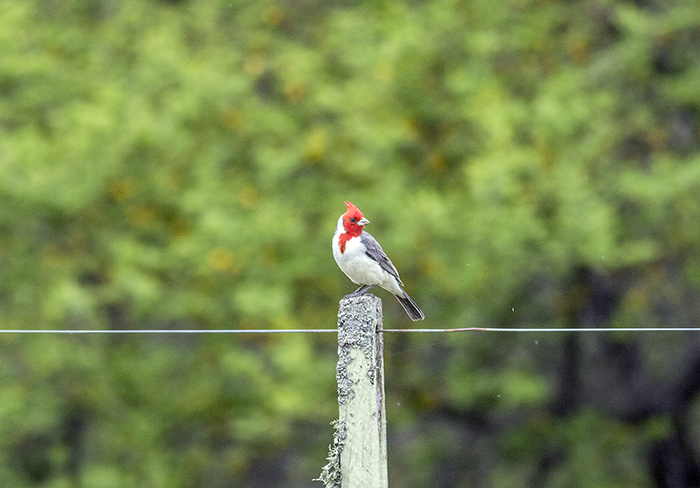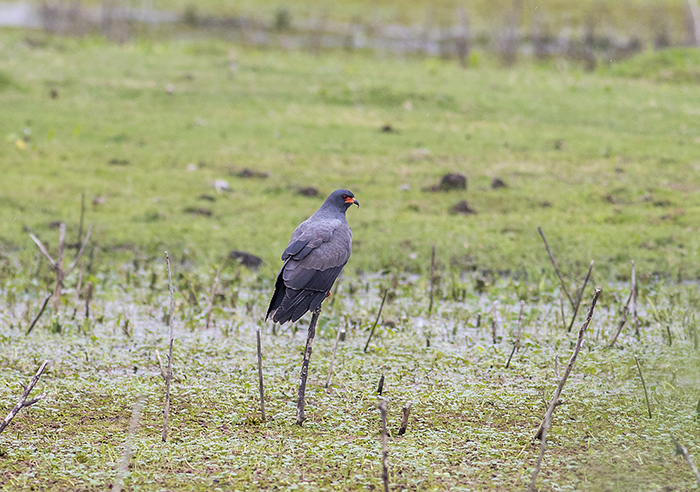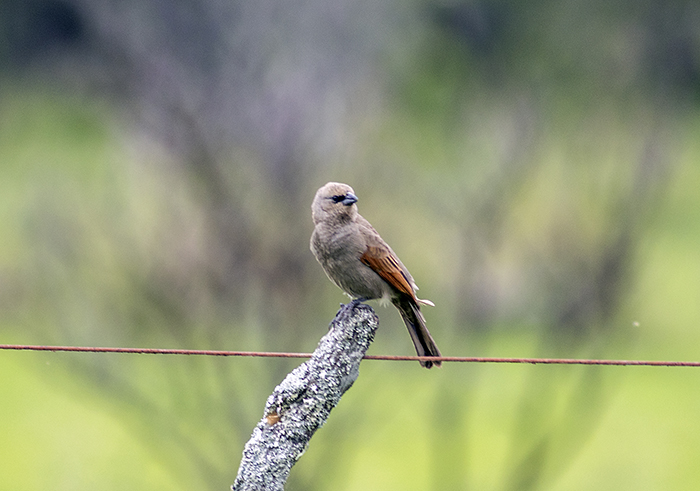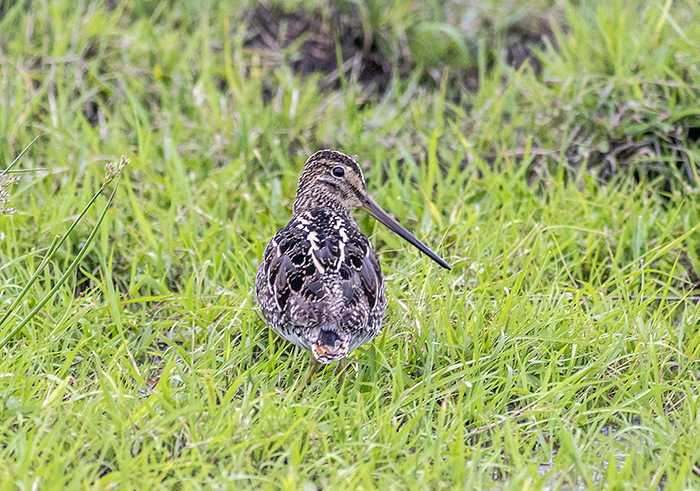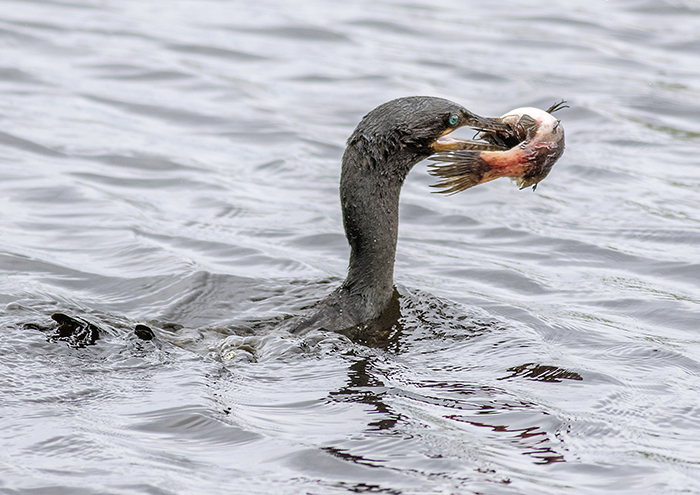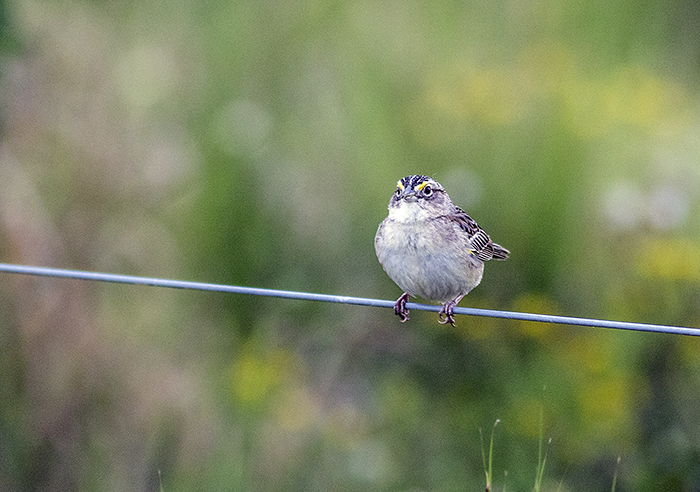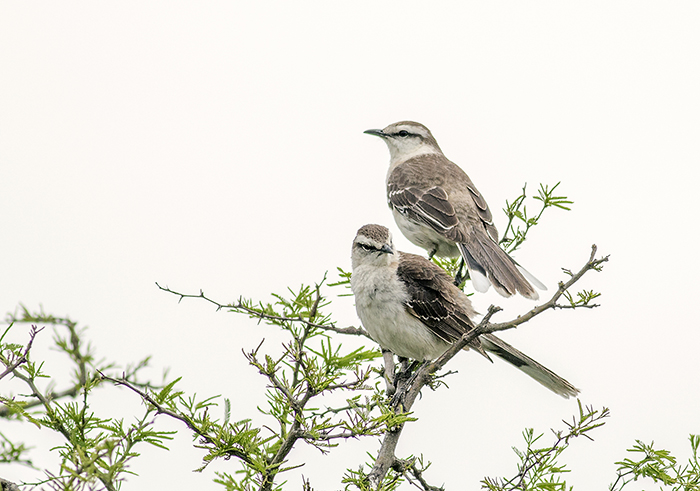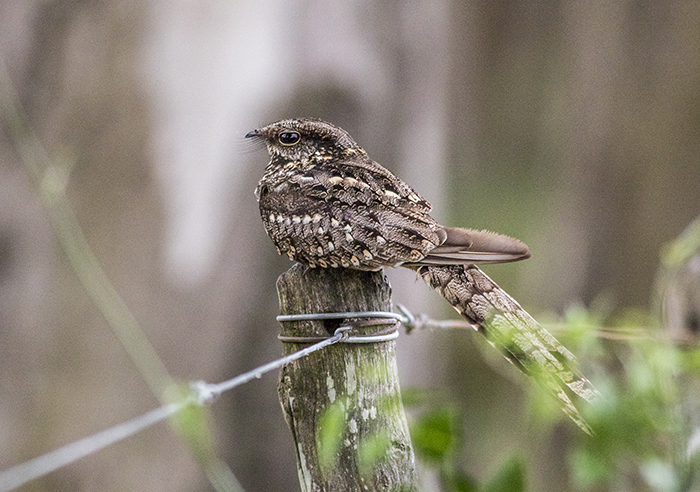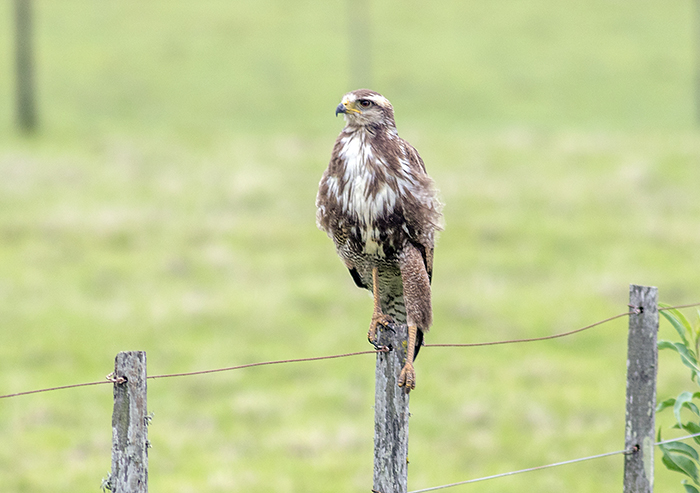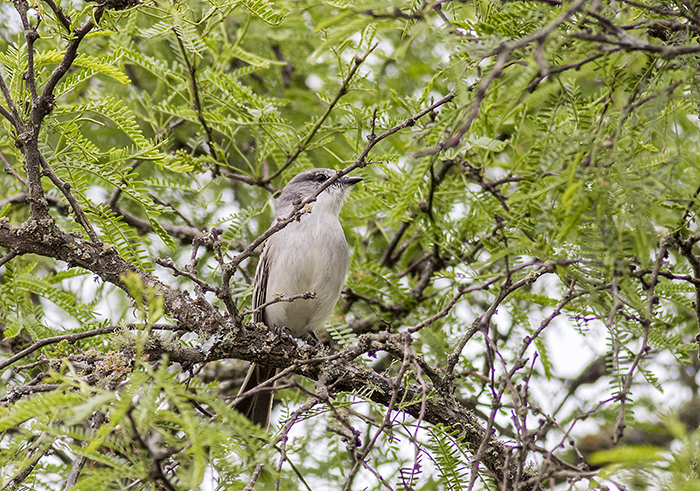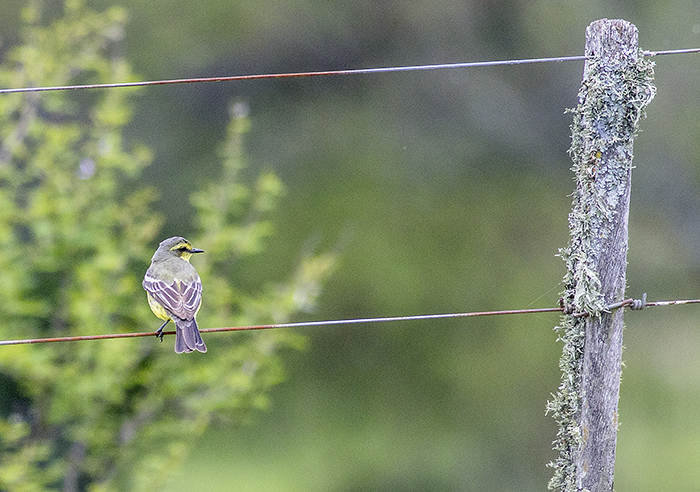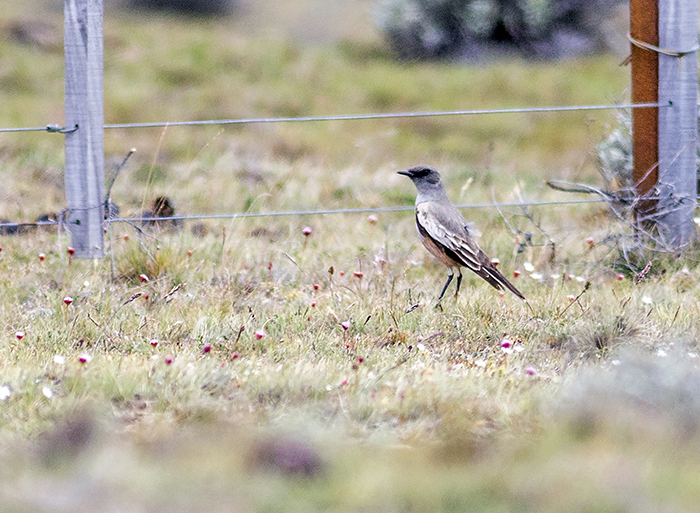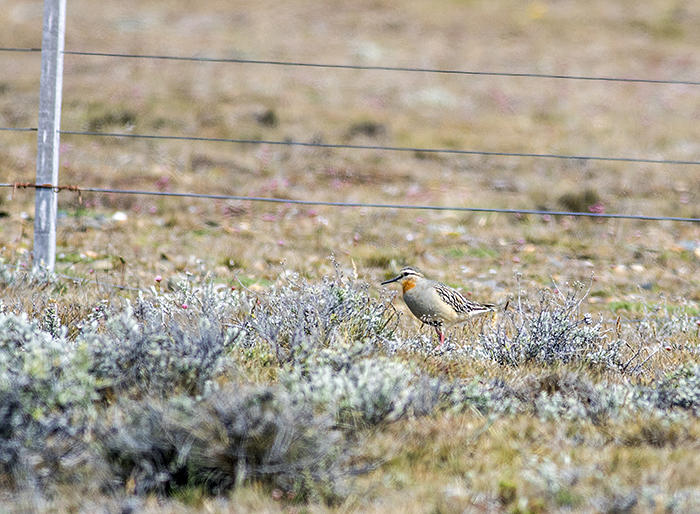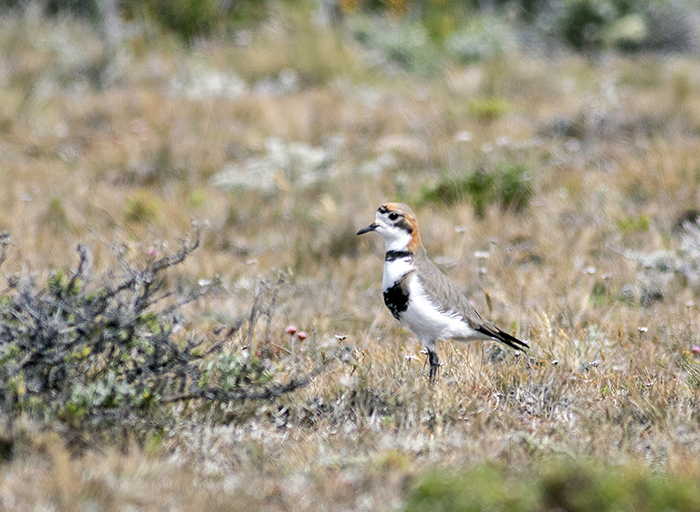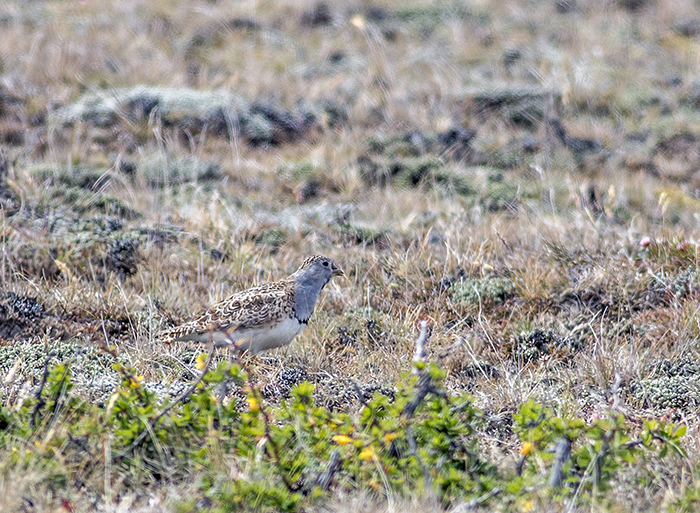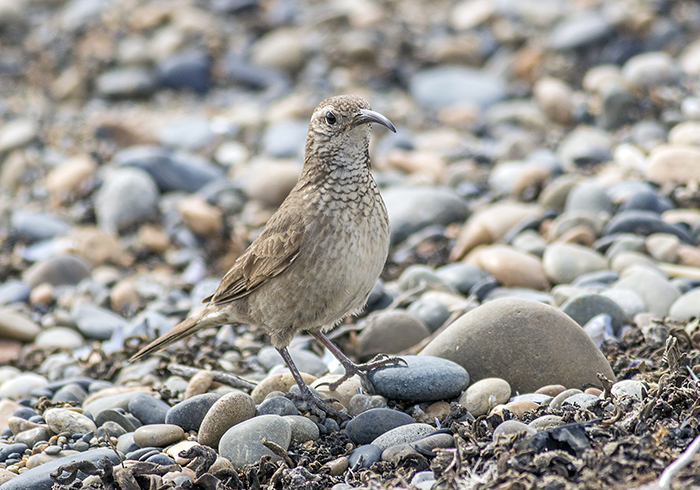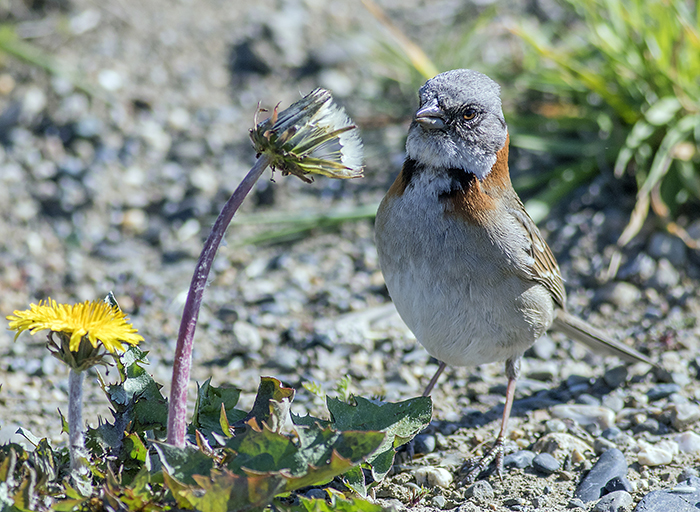
The Province of Misiones in north-east Argentina is named for the Jesuit Missions, or ‘Reductions’, a type of settlement for indigenous people in South America created by the Spanish Jesuit Order during the 17th and 18th centuries.
Shortly off on my next trip, and already getting excited about it. The trip consists of three parts (see below) and all things being as planned should take 35 days. Not taking Silver the Jeep this time as I am starting in the north of Argentina but will be using a number of car rentals, some 4WDs, and depending on the services of a number of guides.
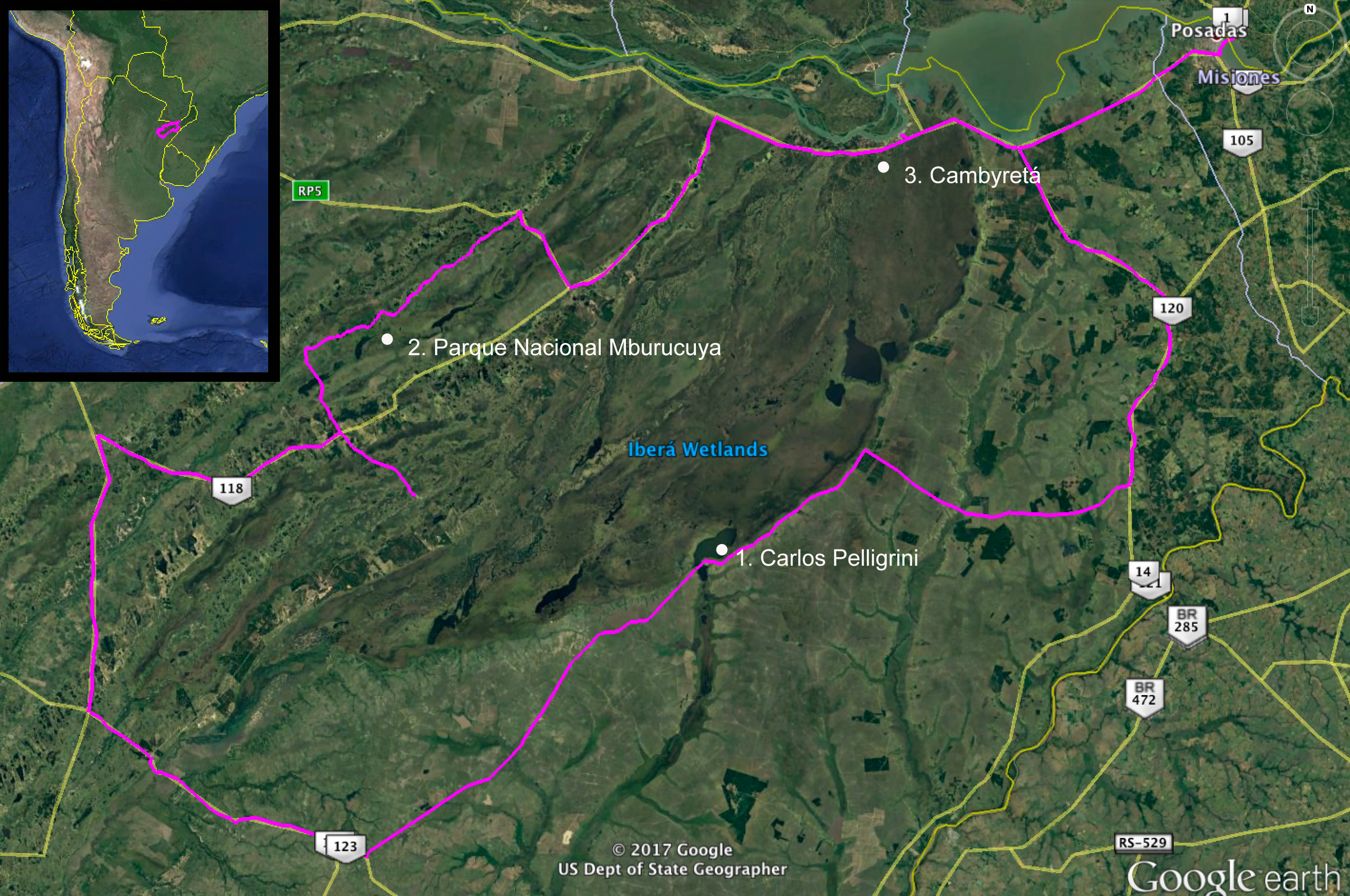
Trip 1: mainly around the Iberá Wetlands
Trip One starts in Posadas, northern Argentina (see above), and takes me around three important birding areas. One is the township of Carlos Pelligrini, on the Eastern edge of the Iberá wetlands, decribed by Wikipedia as ‘a mix of swamps, bogs, stagnant lakes, lagoons, natural slough and courses of water in the center and center-north of the province of Corrientes, Argentina’. The wetlands are the second-largest wetlands in the world after the Pantanal in Brazil, and a paradise for lovers of wildlife. Then I spend a couple of days in the Mburucuya National Park, and finally three nights in Cambyreta, a northern gateway to the wetlands from Ituzaingó.

Trip 2 From San Pedro to Iguazú, stopping off a lot on the way
The second trip (see above) will be around the northern half of the Argentine Province of Misiones, starting in San Pedro where I pick up Guy Cox who will accompany me for the week. We shall start at the Parque Provincial Cruce Caballero, an aracauria forest reserve near San Pedro, and then move north hugging the border with Brazil as far as San Sebastian de la Selva; then on to the area around Iguazú. There’ll be other trails too along the way: Guy is sorting that out for me.
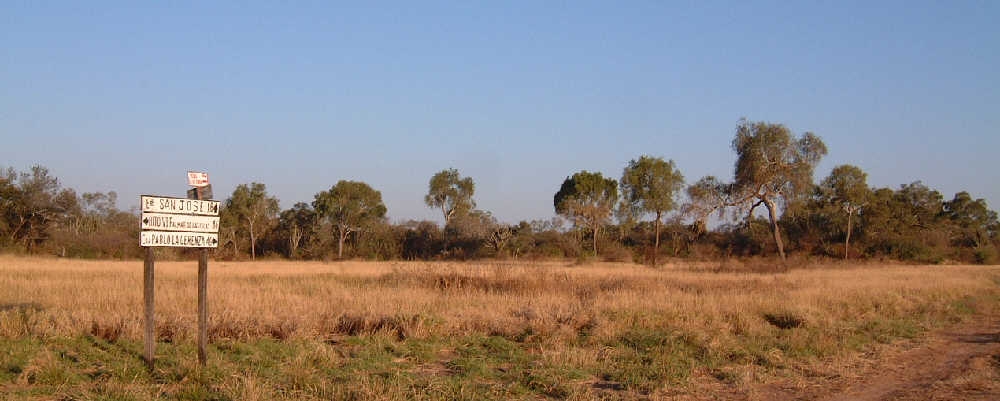
Forest clearing in the Paraguayan Chaco
The third, and perhaps most exciting trip because of how far off the beaten track it will be, will be in the Paraguayan Chaco, described by Wikipedia (I know) as ‘a sparsely populated, hot and semi-arid lowland natural region of the Río de la Plata basin, divided among eastern Bolivia, western Paraguay, northern Argentina and a portion of the Brazilian states of Mato Grosso and Mato Grosso do Sul, where it is connected with the Pantanal region’. I shall be visiting the ‘northern’ Chaco, where Mennonites have settled, and will experience both humid and arid areas.
THERE WAS A PHOTO HERE THAT WAS MISTAKENLY BELIEVED TO BE COPYRIGHT FREE. IT WAS ACKNOWLEDGED AS COMING FROM https://lanterns.buzz/index.cfm. ON 16 JANUARY 2024 I RECEIVED A NOTIFICATION THAT THIS WAS A COPYRIGHT INFRINGEMENT AND IMMEDIATELY REMOVED THE PHOTO.
We’ll be doing some general tourism (Historical sites, Jesuit Missions, Mennonite communities, etc.) and visiting reserves north-west from Asuncion, along the Route 9, up to and beyond Filadelfia. With 500 birds, 150 mammals and 220 reptiles and amphibians it promises to be interesting, not least because of its inaccessibility and inhospitability. The big hope is jaguars, but our chances are probably not that good – we’ll see.
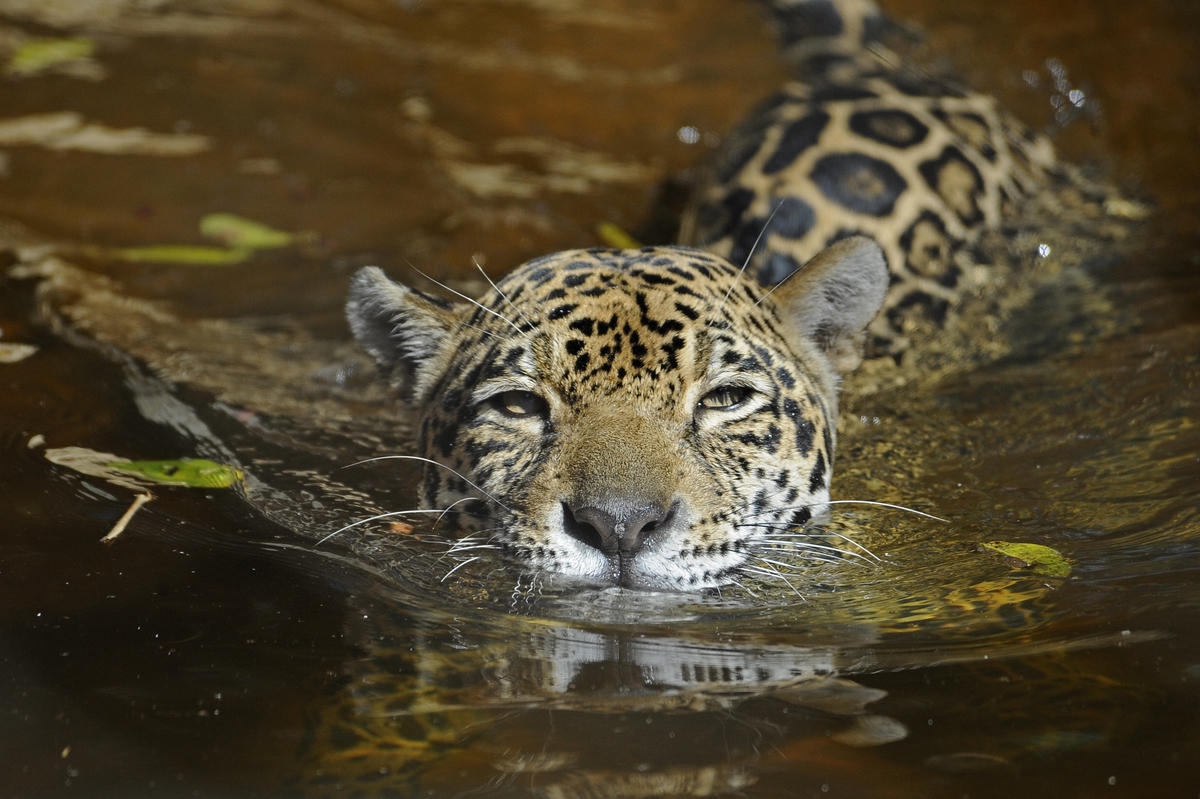
The huge hope is to see jaguars – fingers crossed, but the odds are probably against it. (Photo from https://www.wcs.org/our-work/species/jaguars)
My sister Caroline is joining me for this part of the trip and we have had to contract the services of a guide (Oscar), driver and cook, the last of which I imagine as going off to pot bushmeat as evening approaches but I may be wrong – he may bring a tin opener instead.
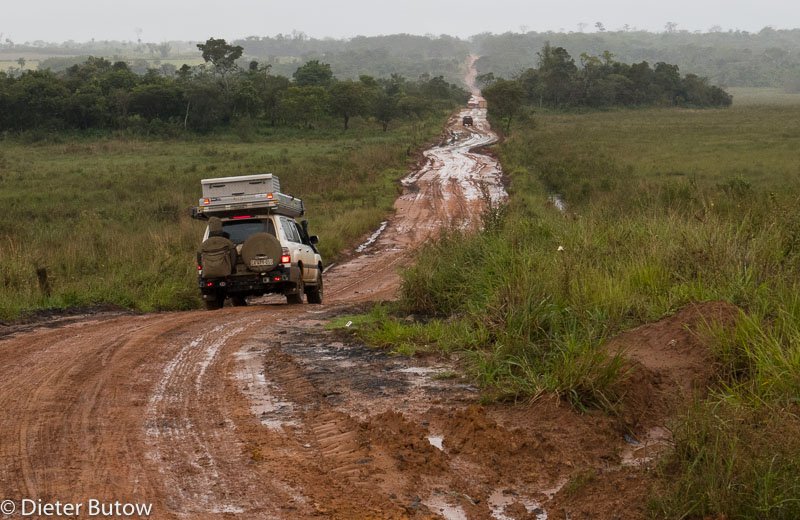
Roads in Paraguay are not the world’s best, and when it rains are frequently impassable for a few days. (Photo from http://aufpad.com/2016/06/28/paraguay/)
We’ll be with Oscar for a week or so, and then Caroline and I will spend a further week exploring the area to the south-east of Asunción. No plans for that part yet, but we’ll be blogging the whole trip although not in real time since wifi and electricity are going to be in short supply.
Watch this space.
